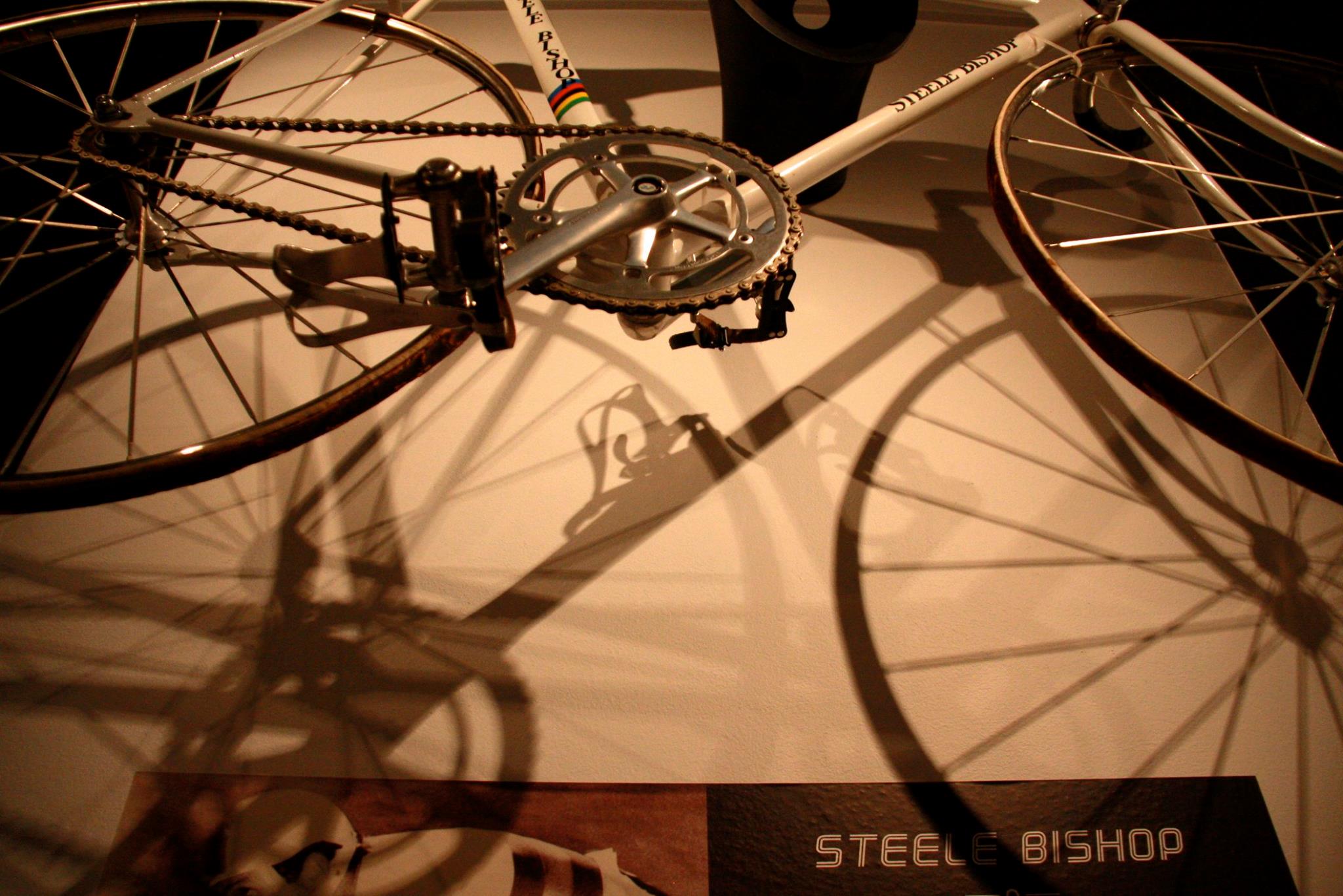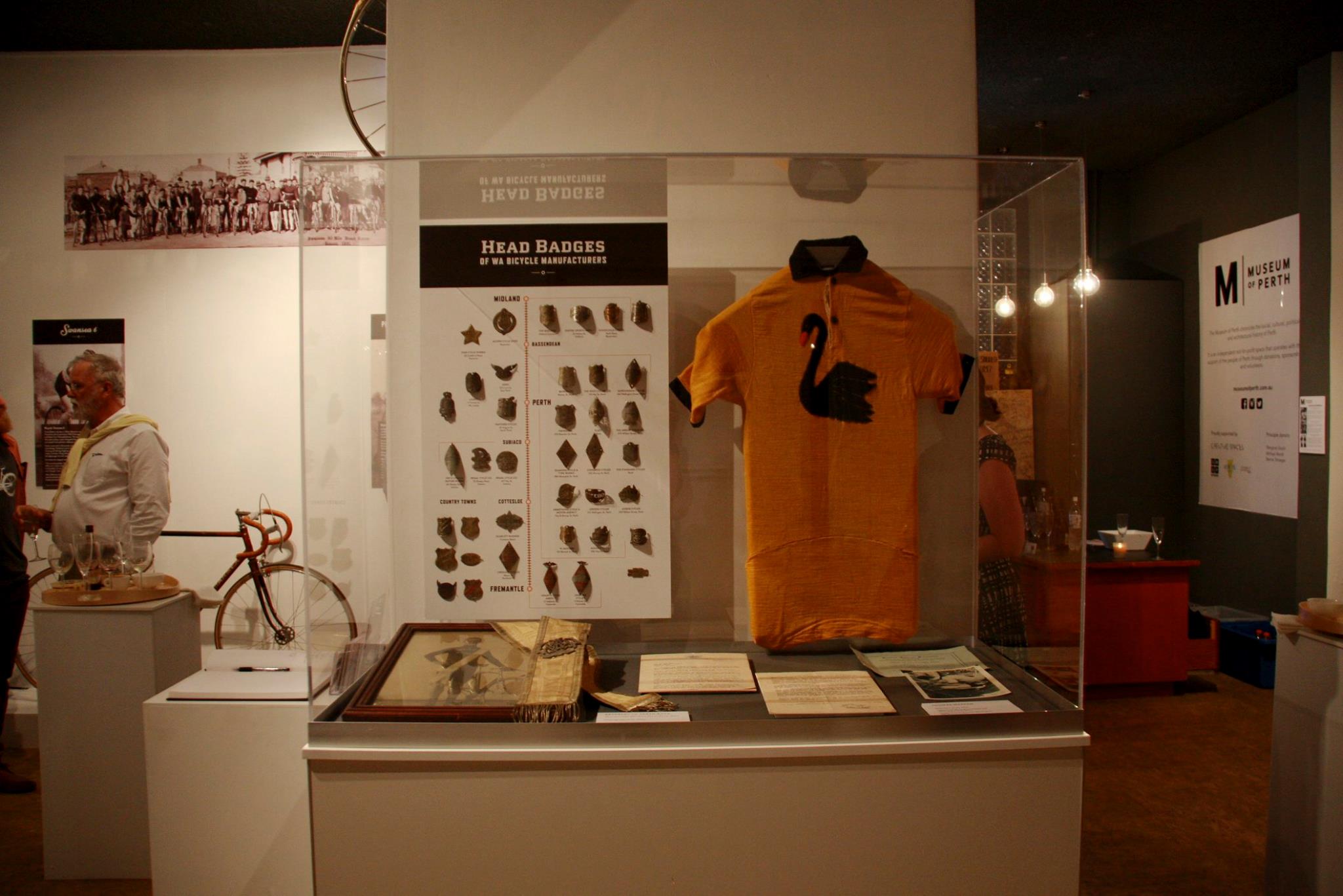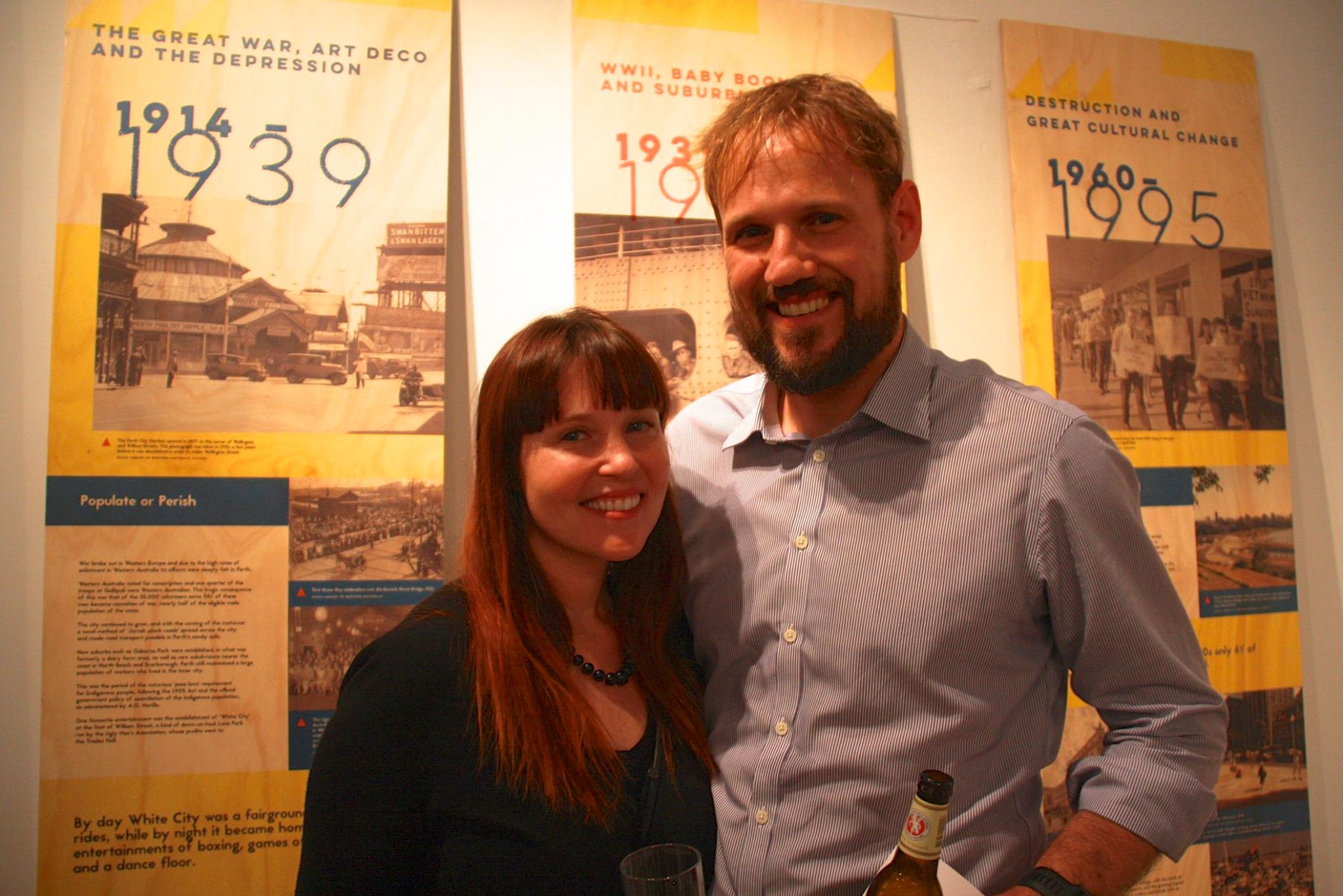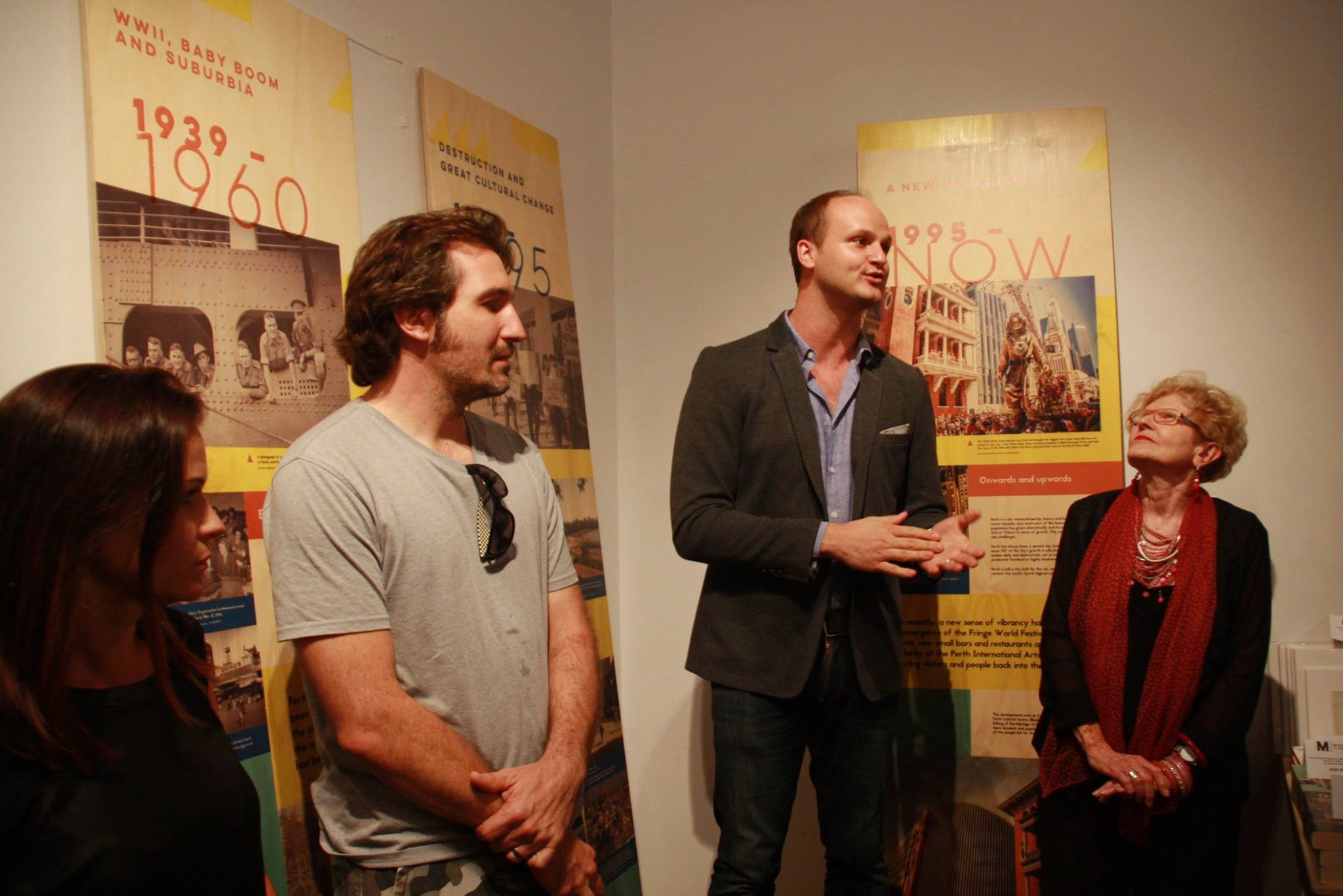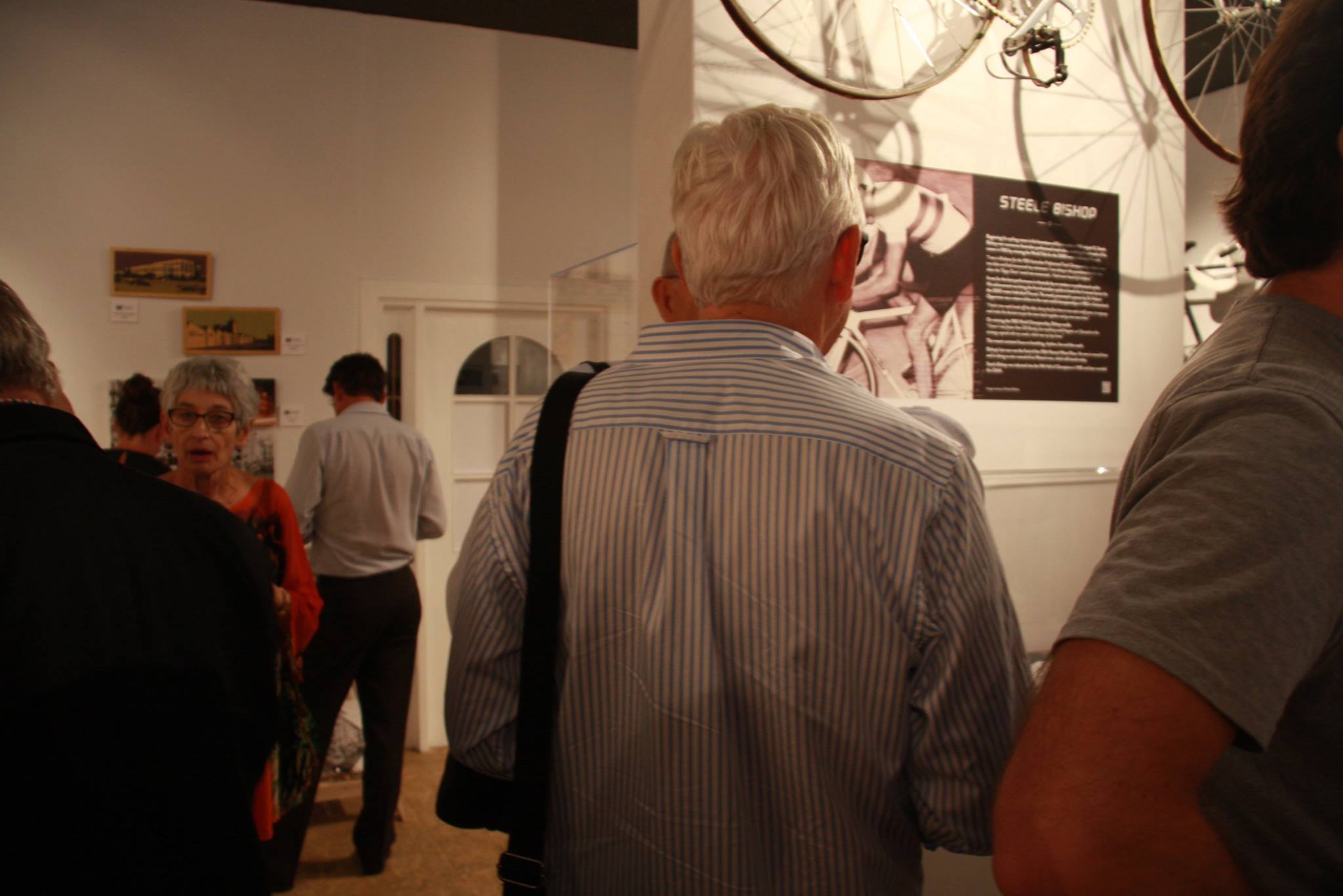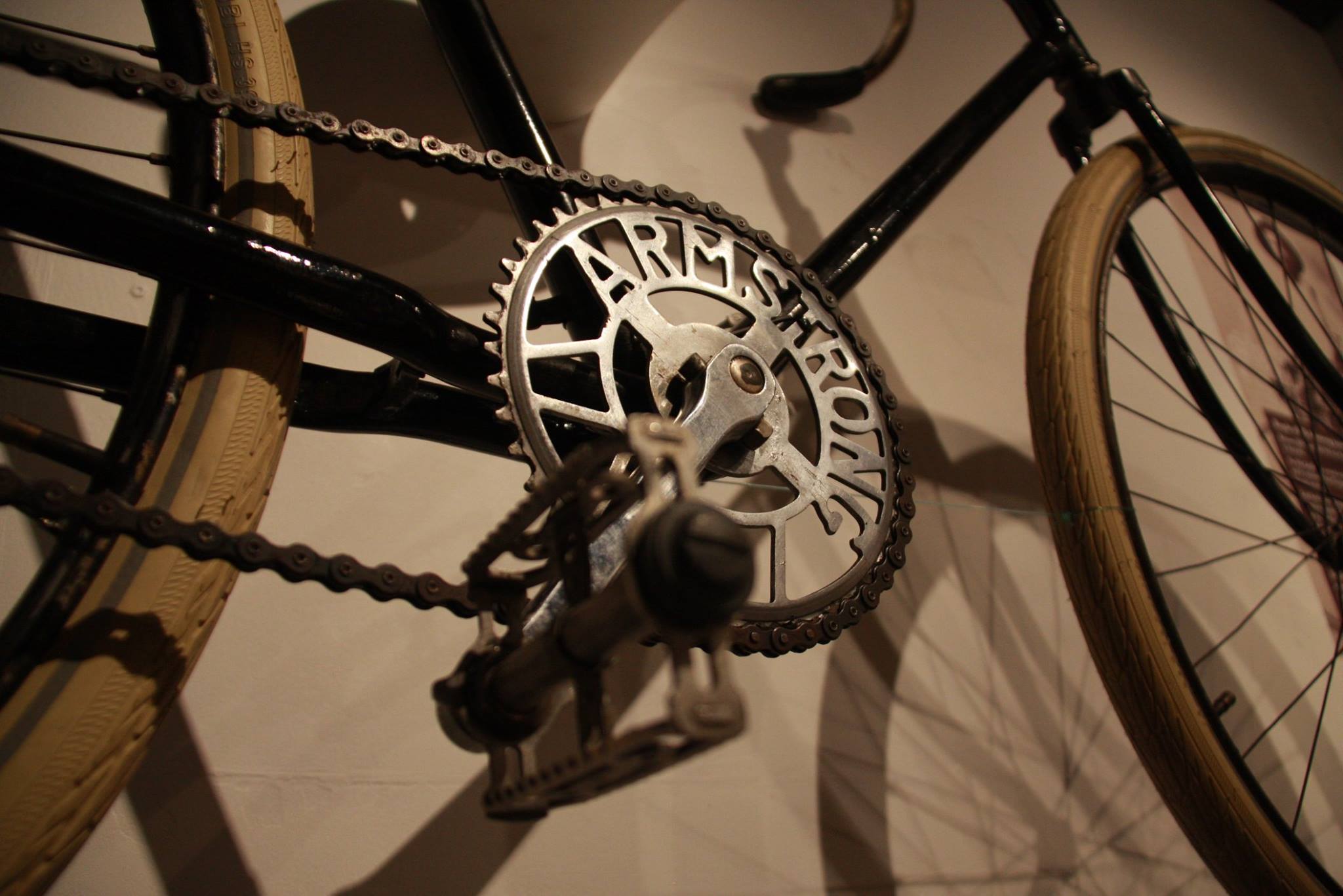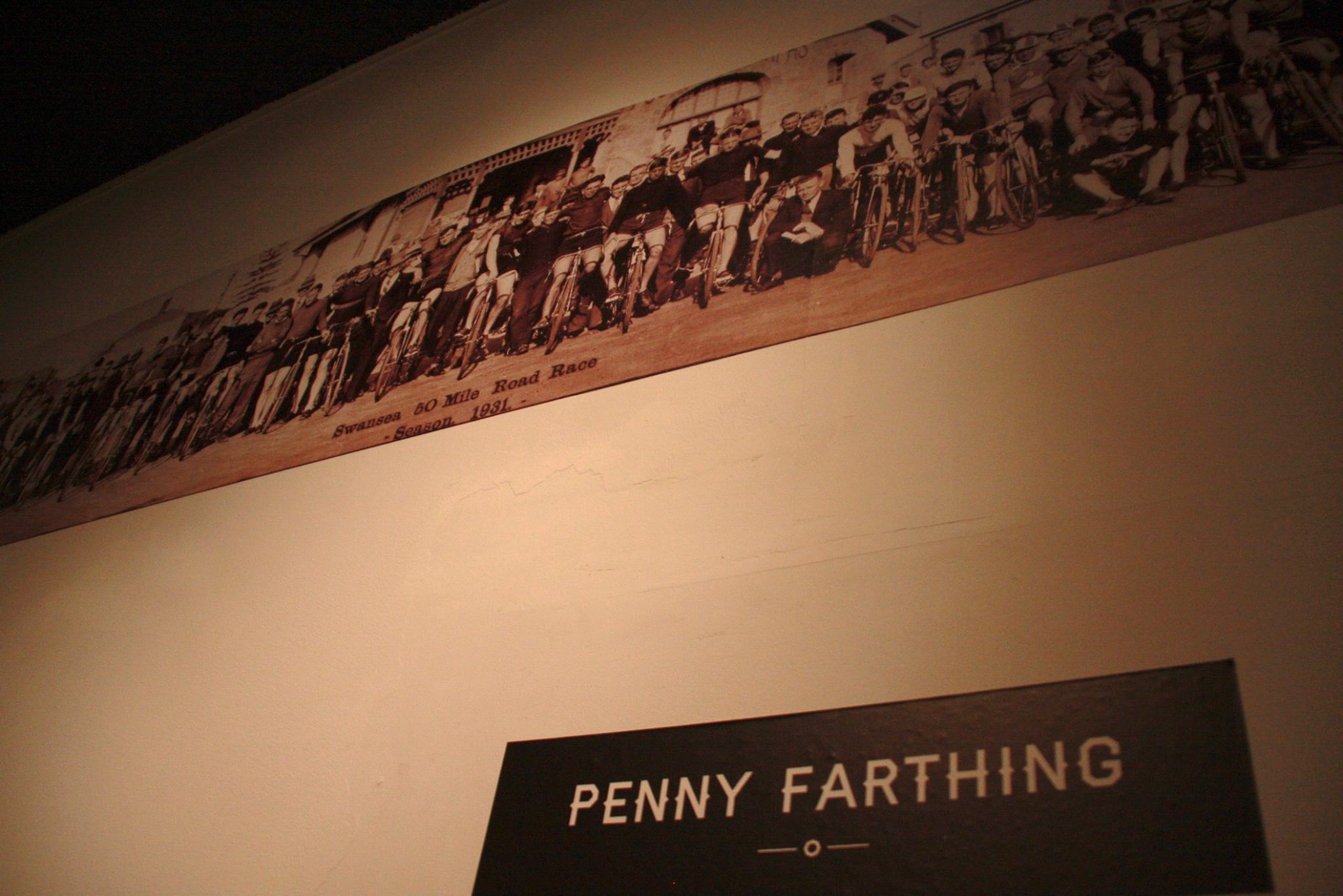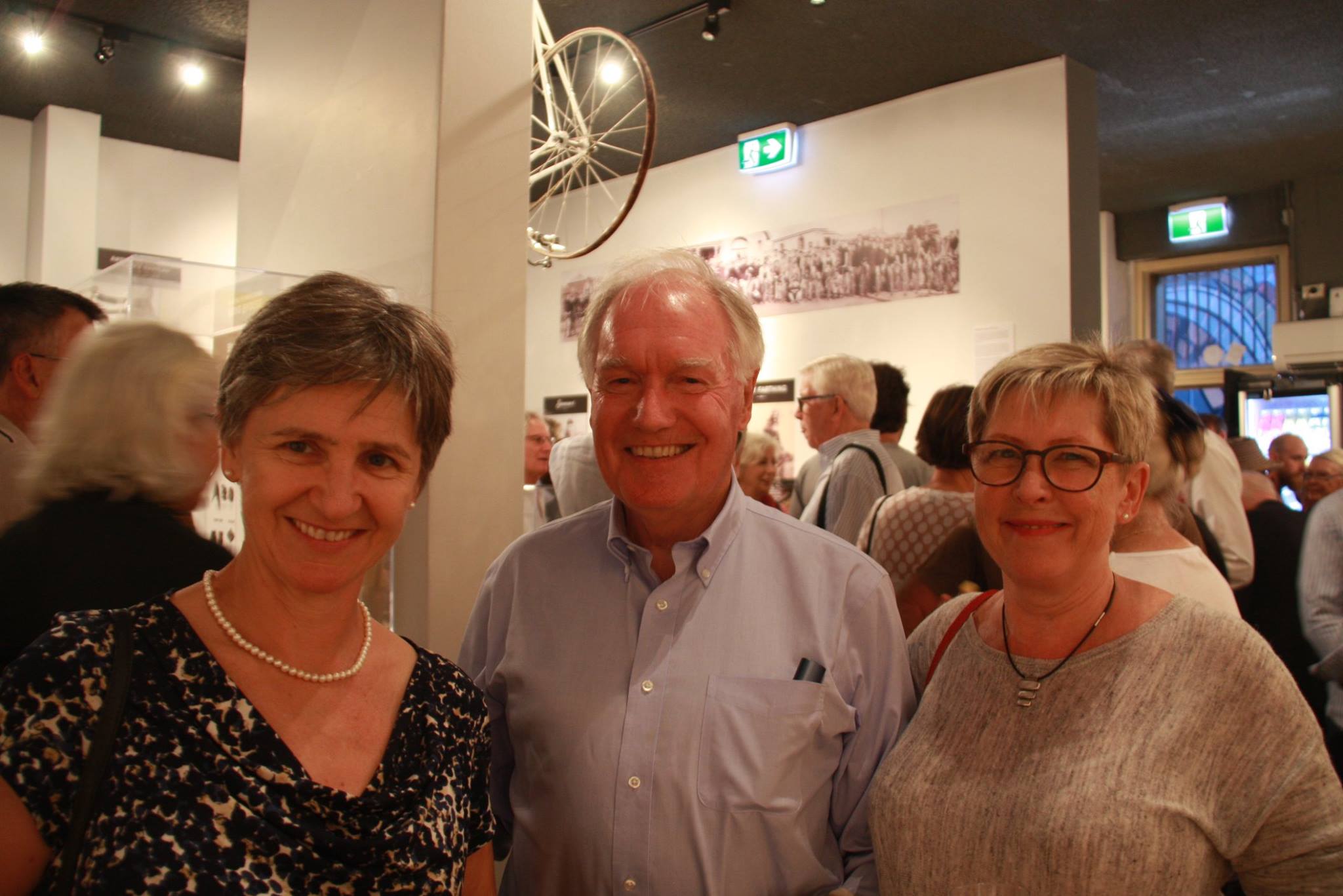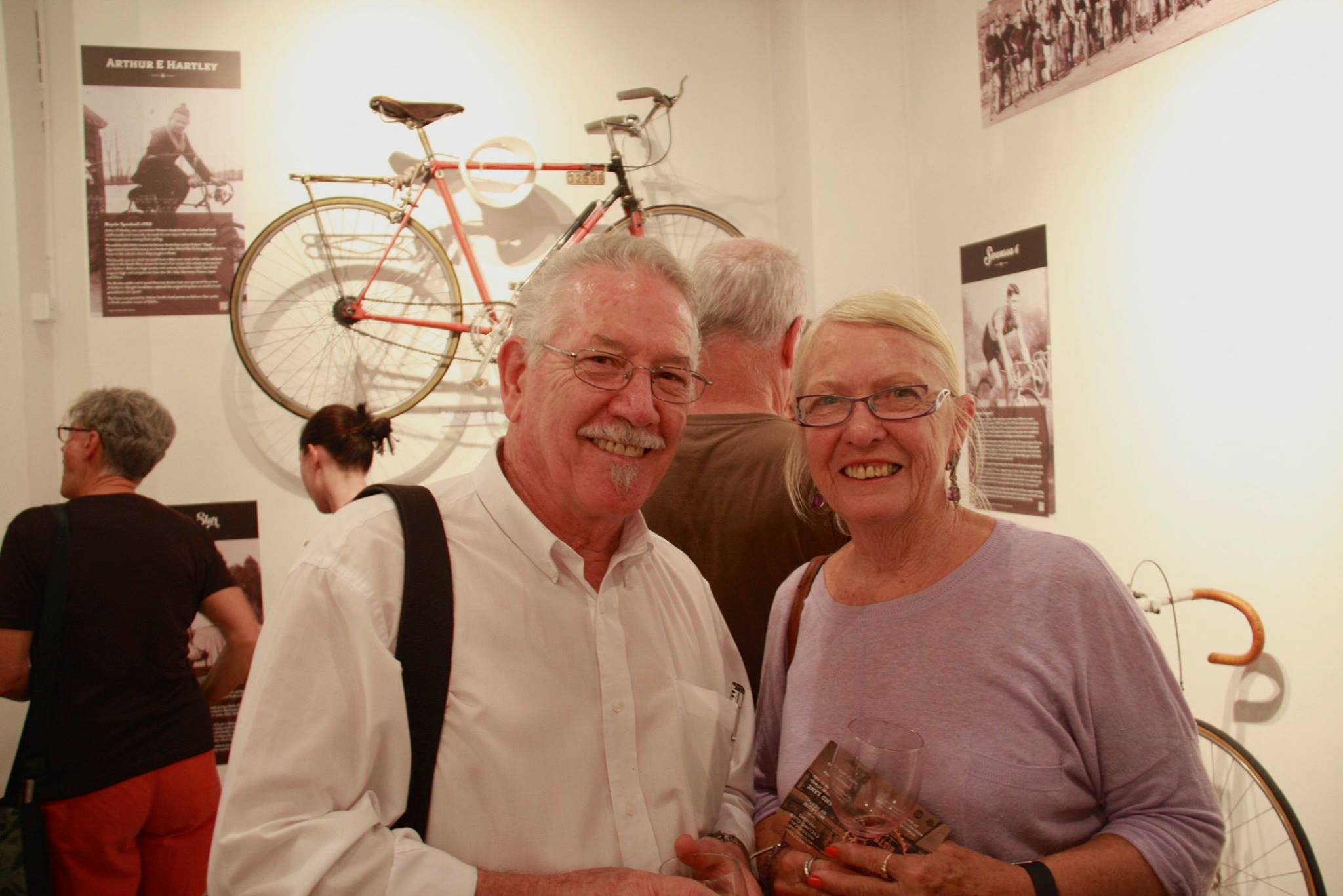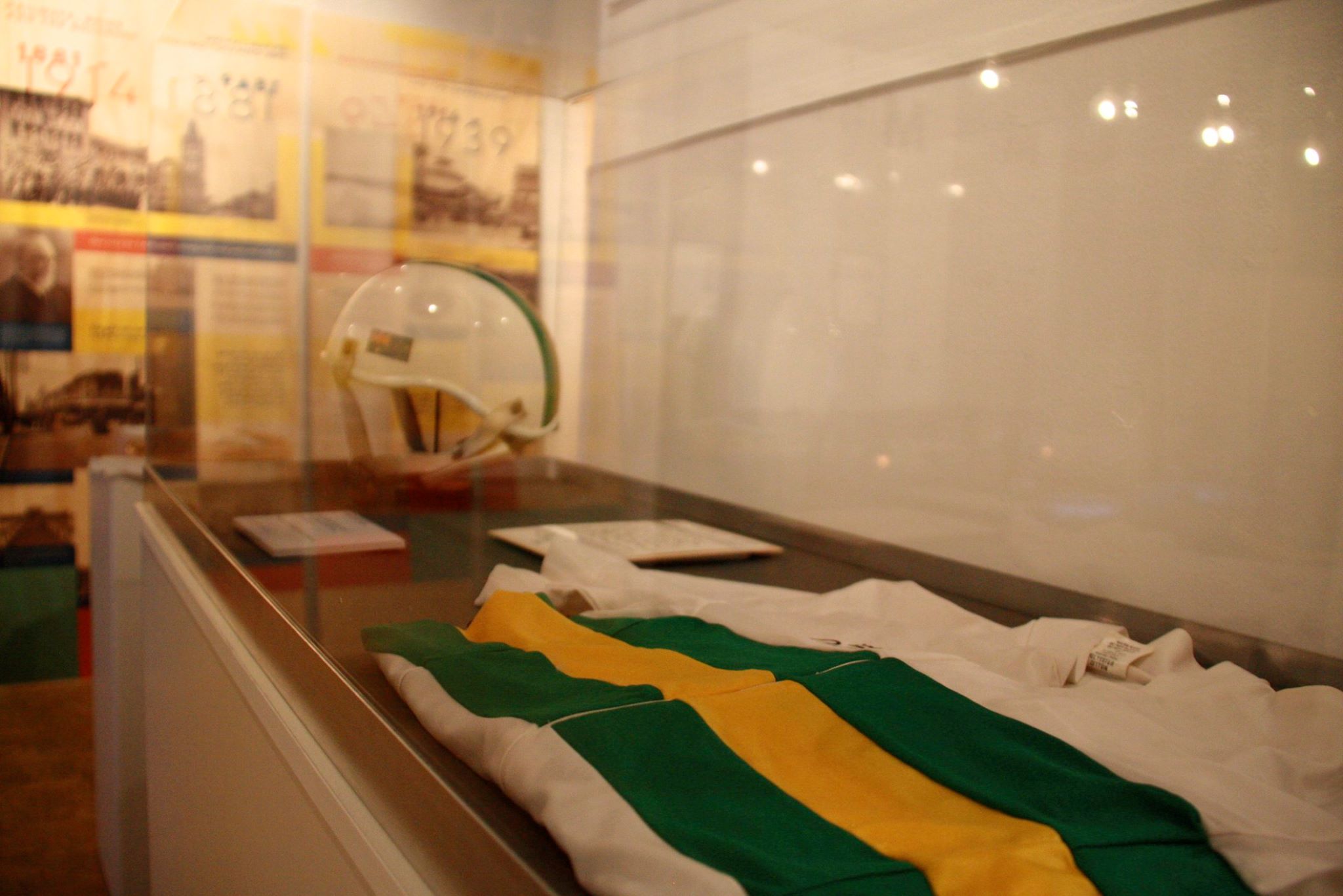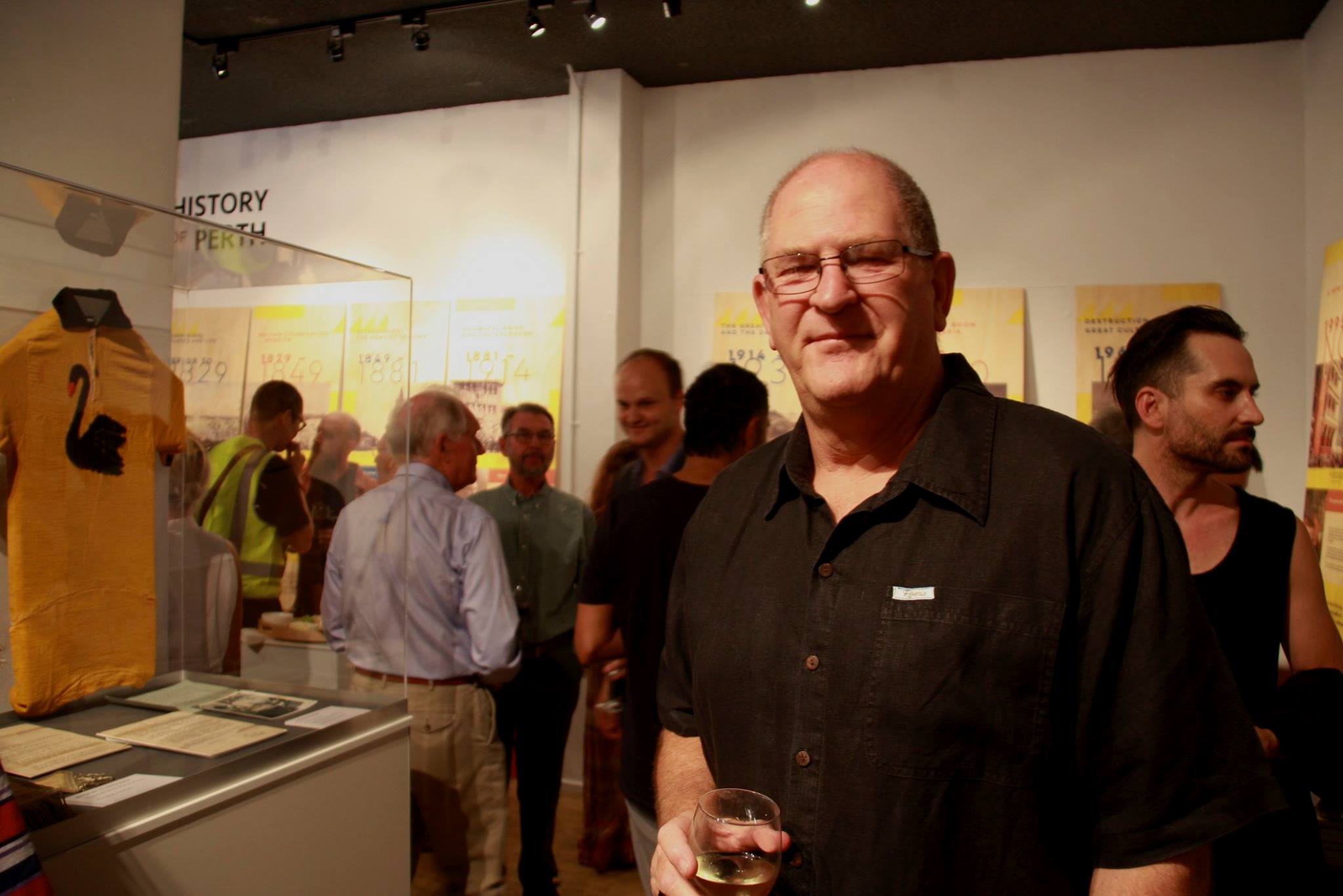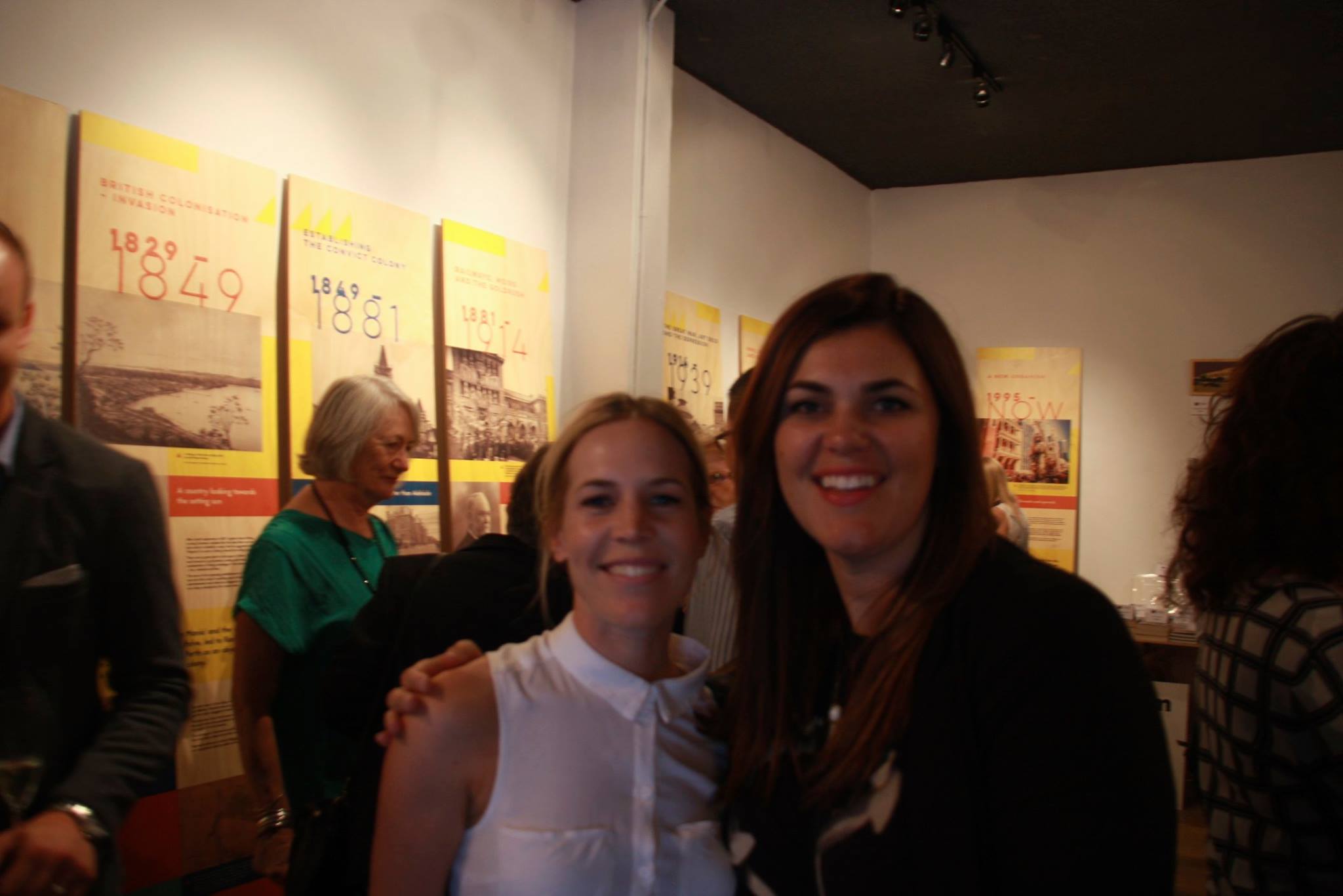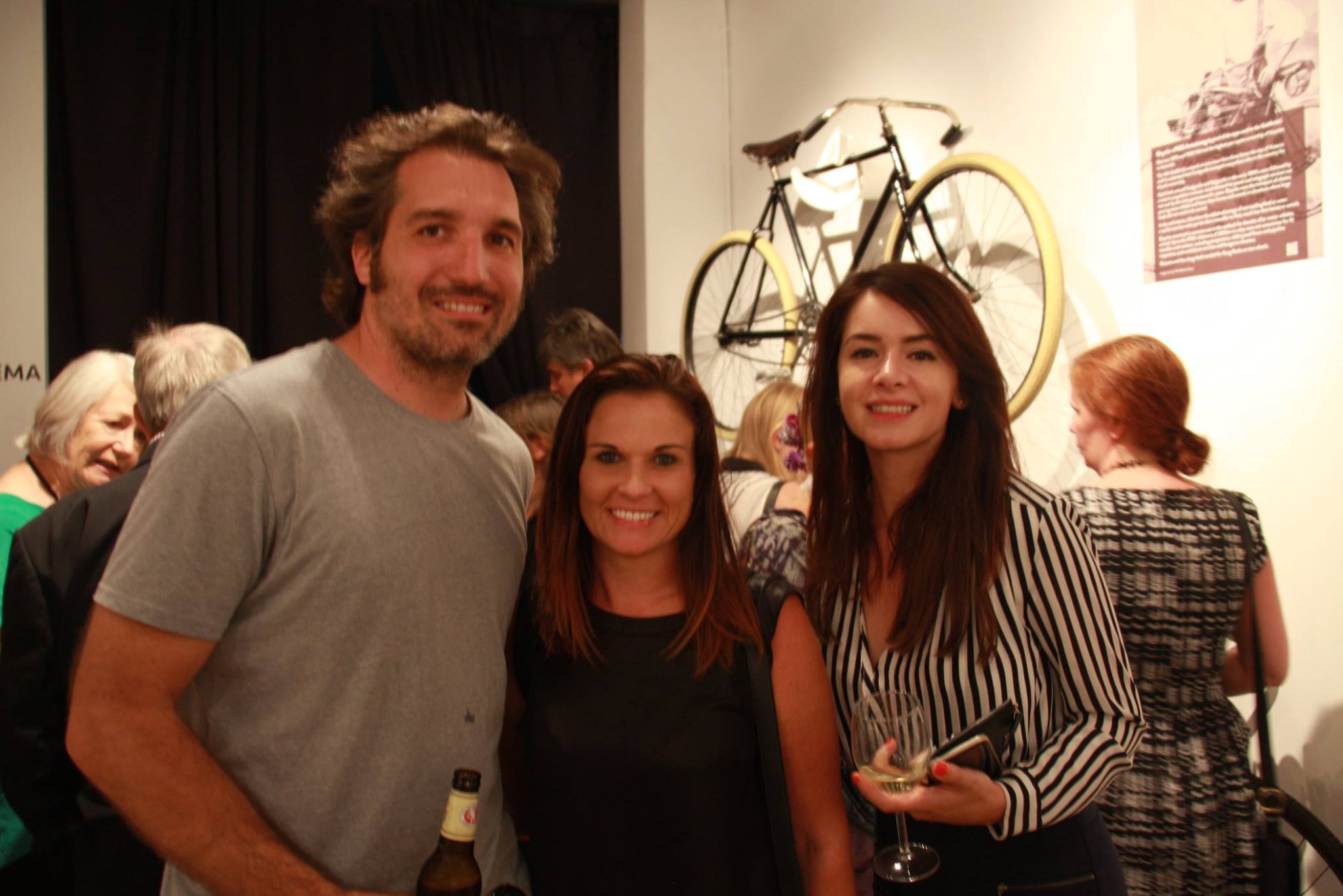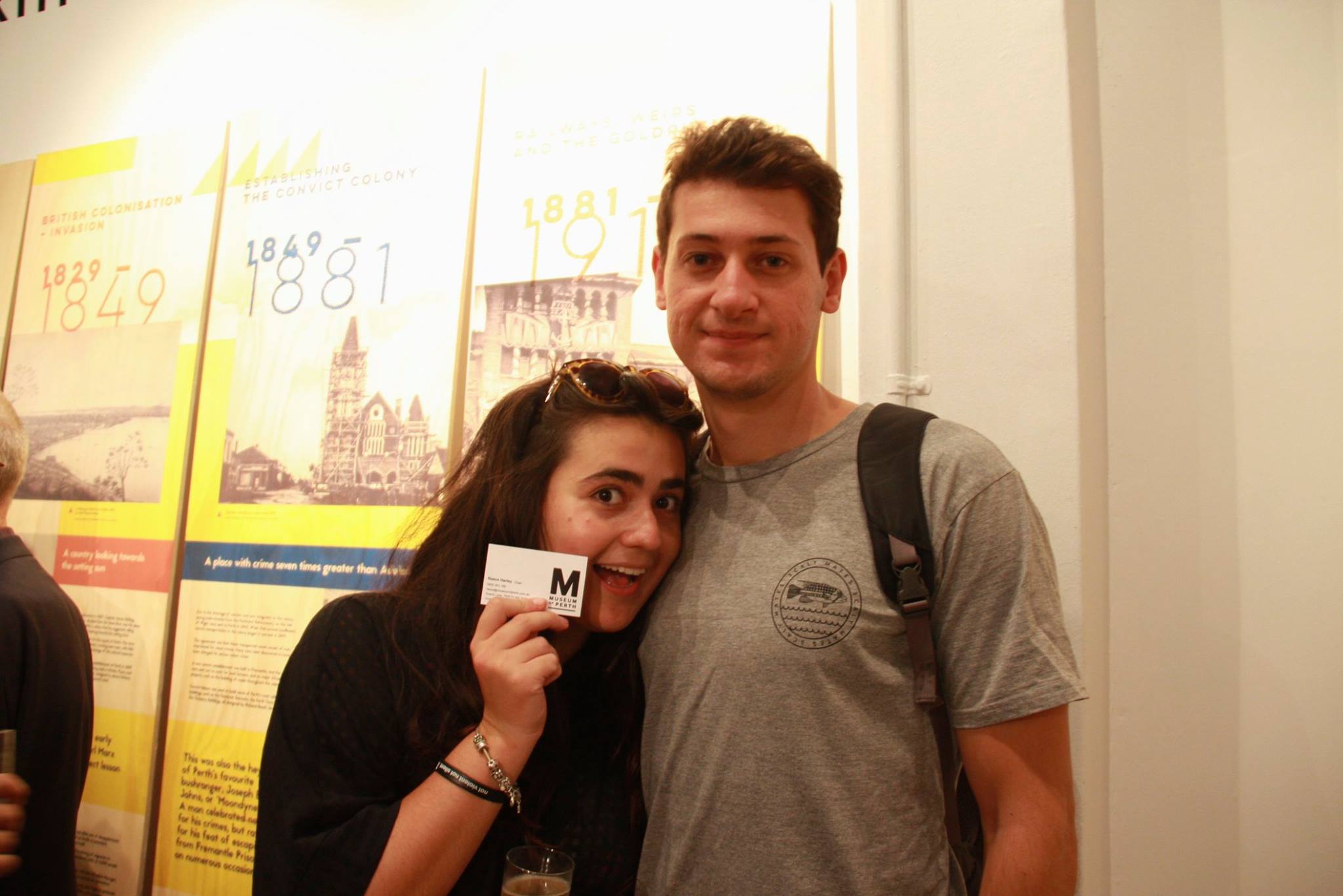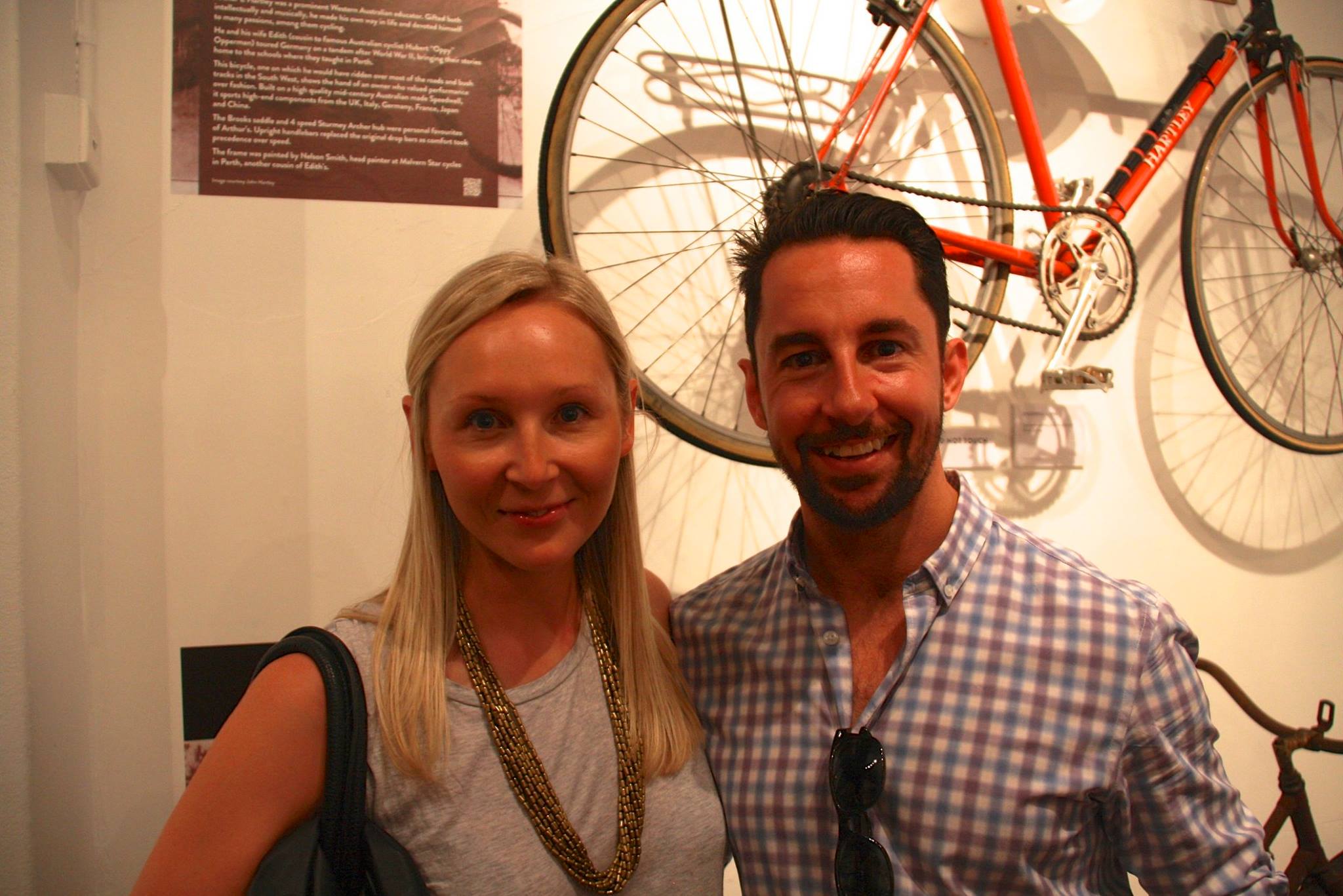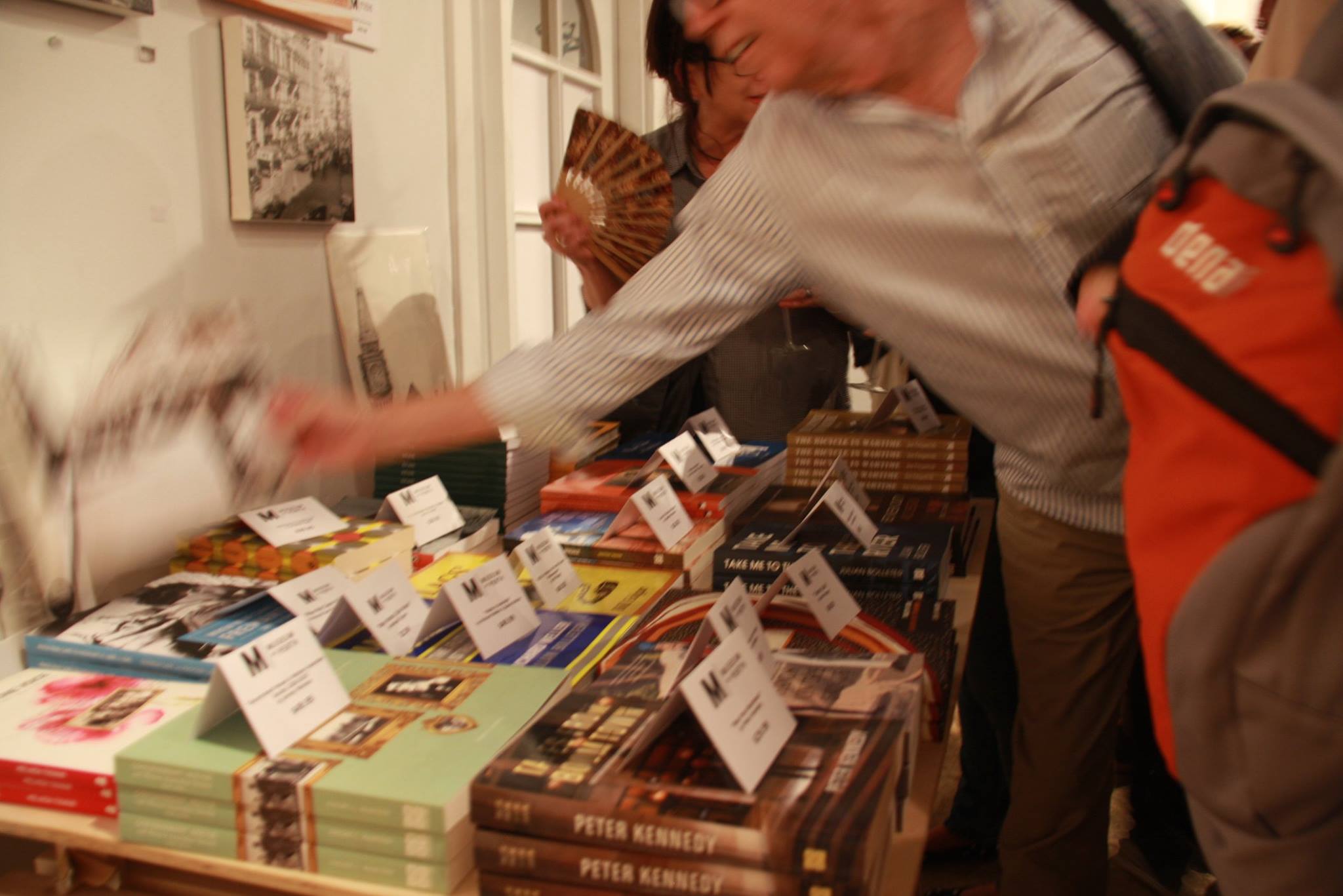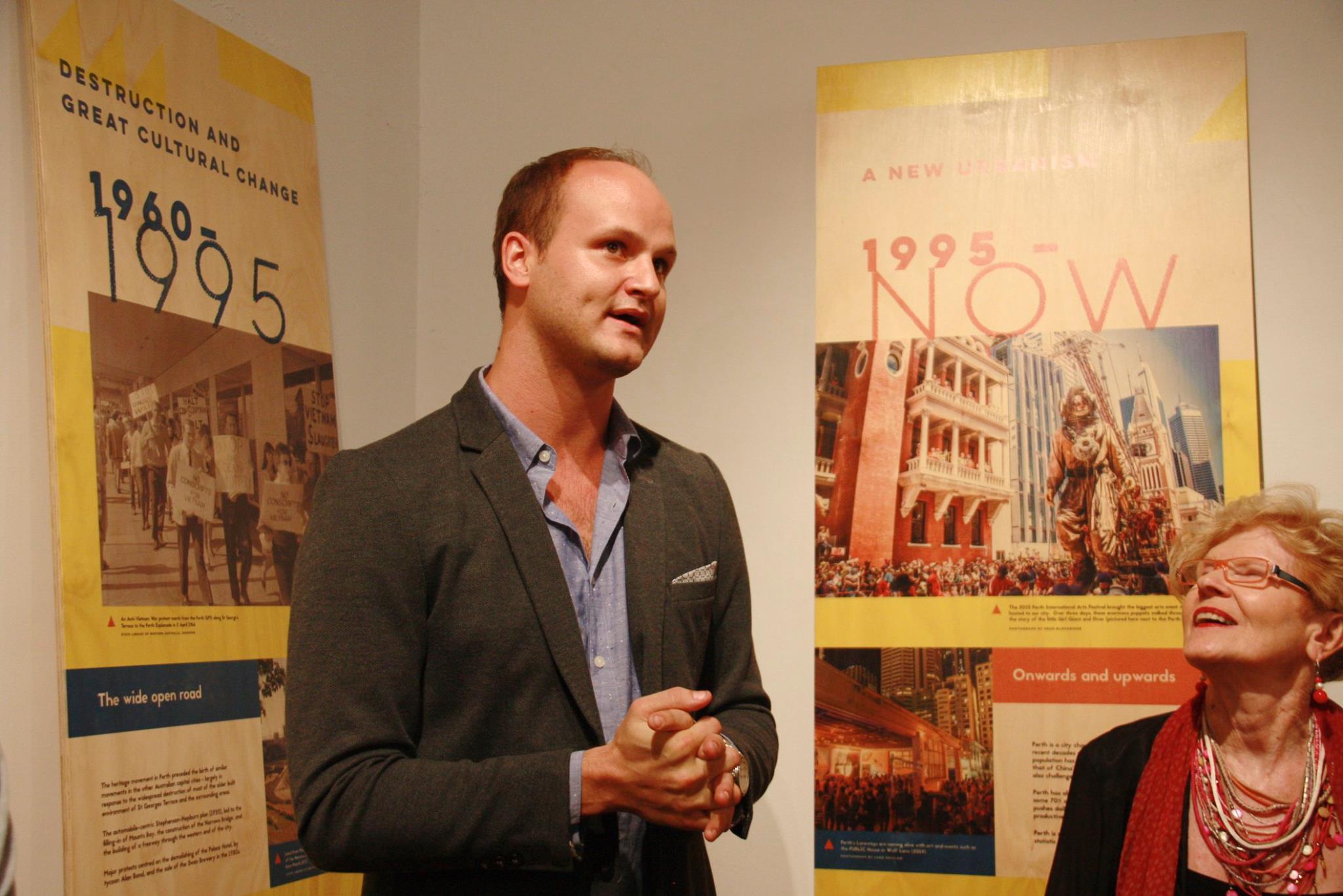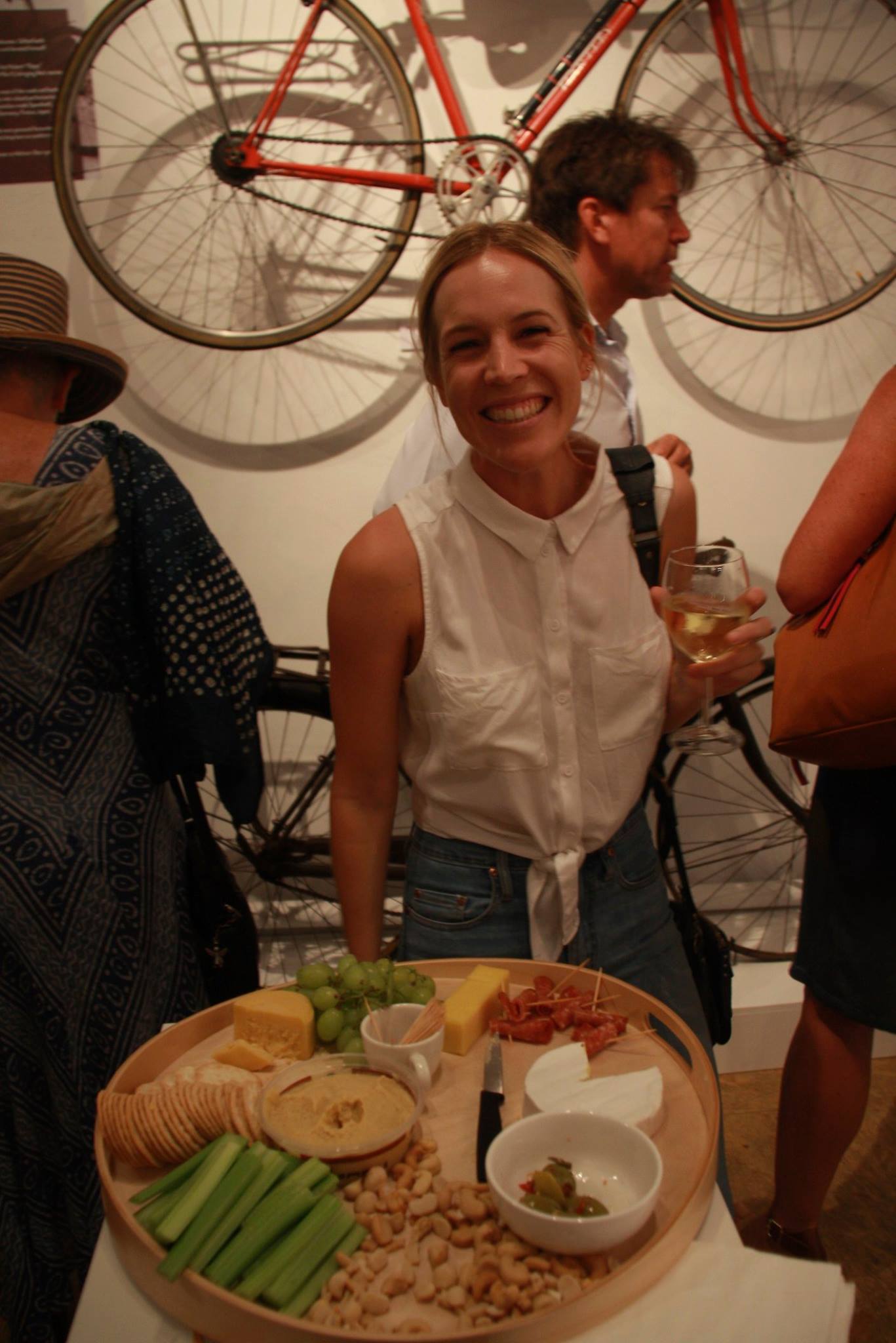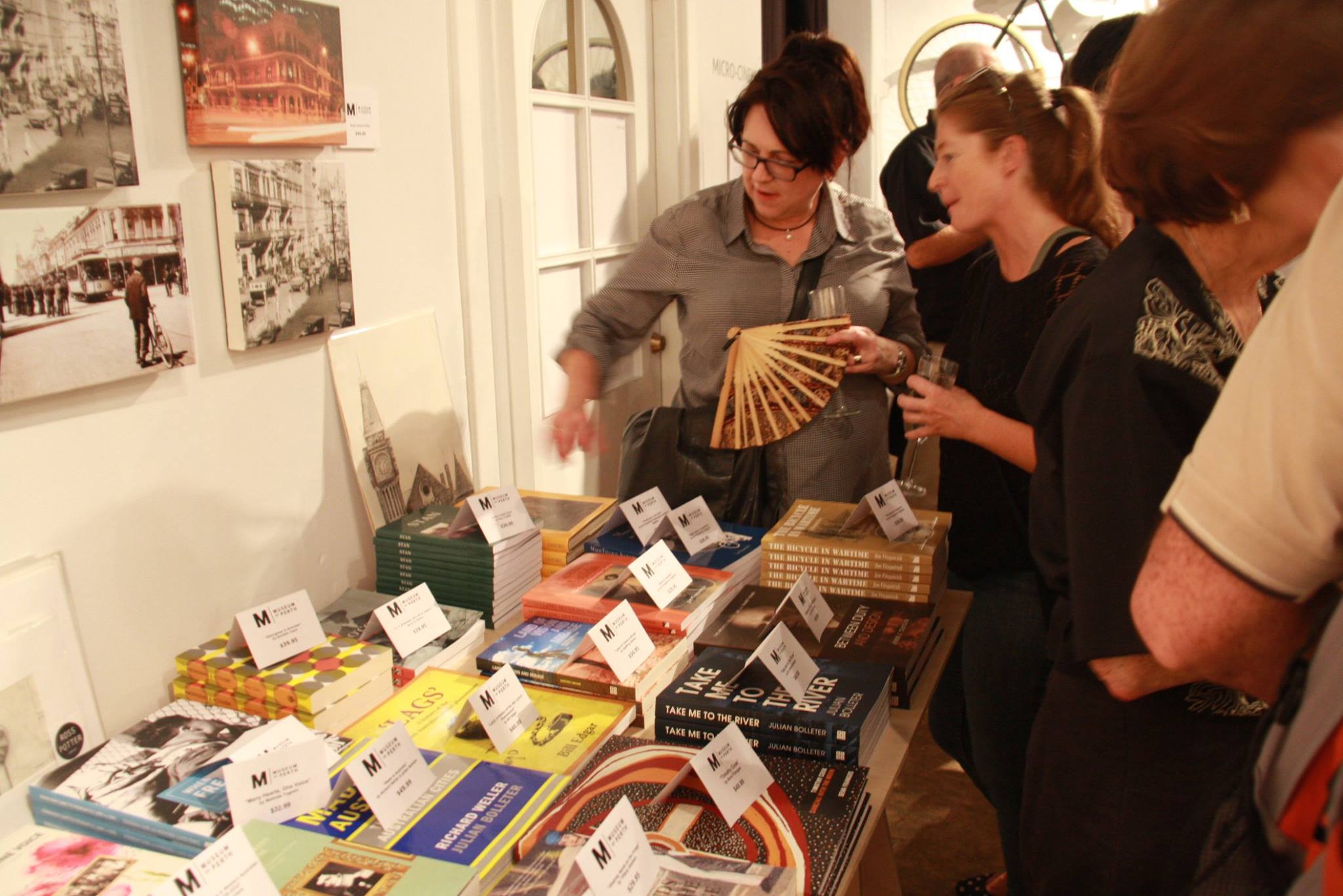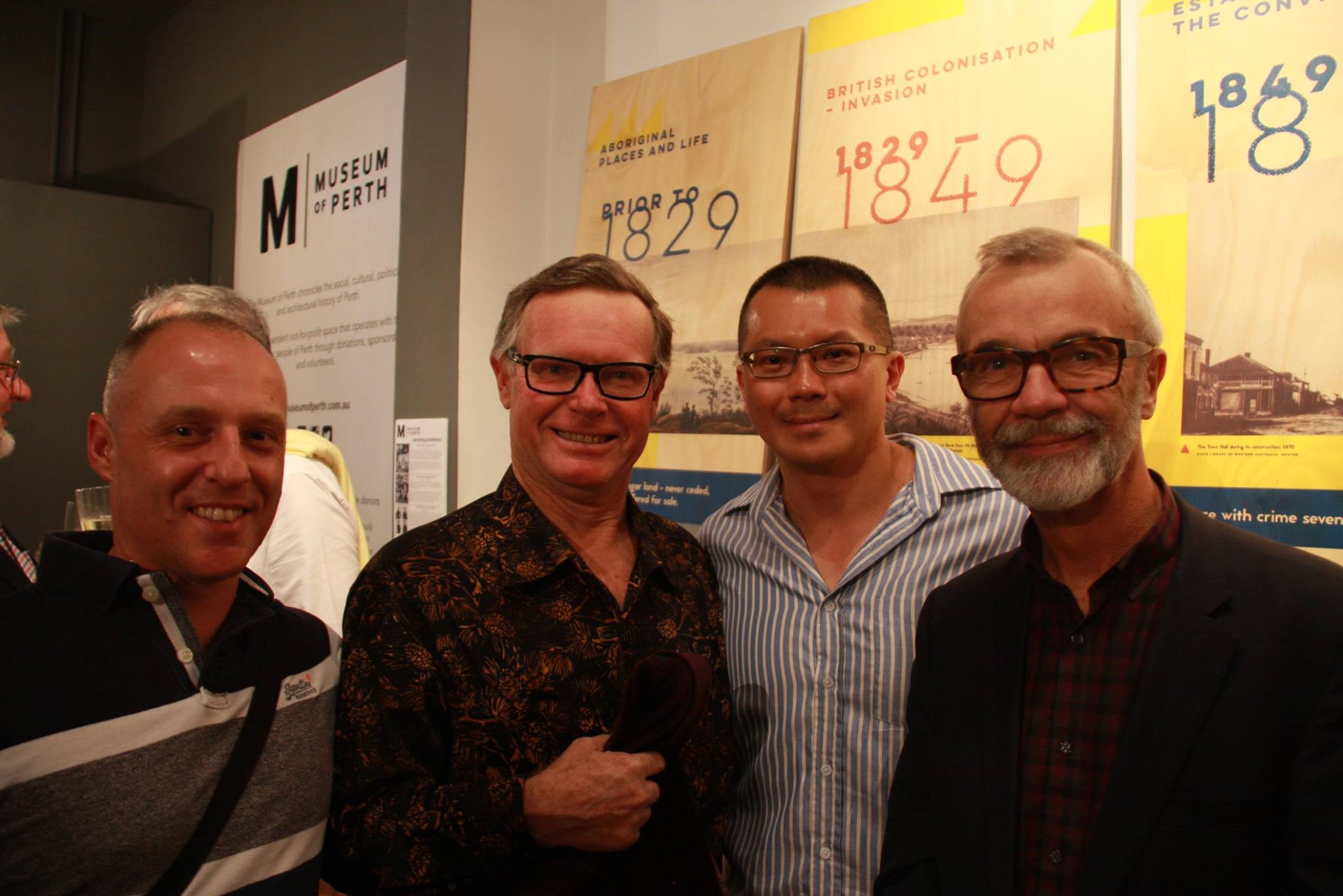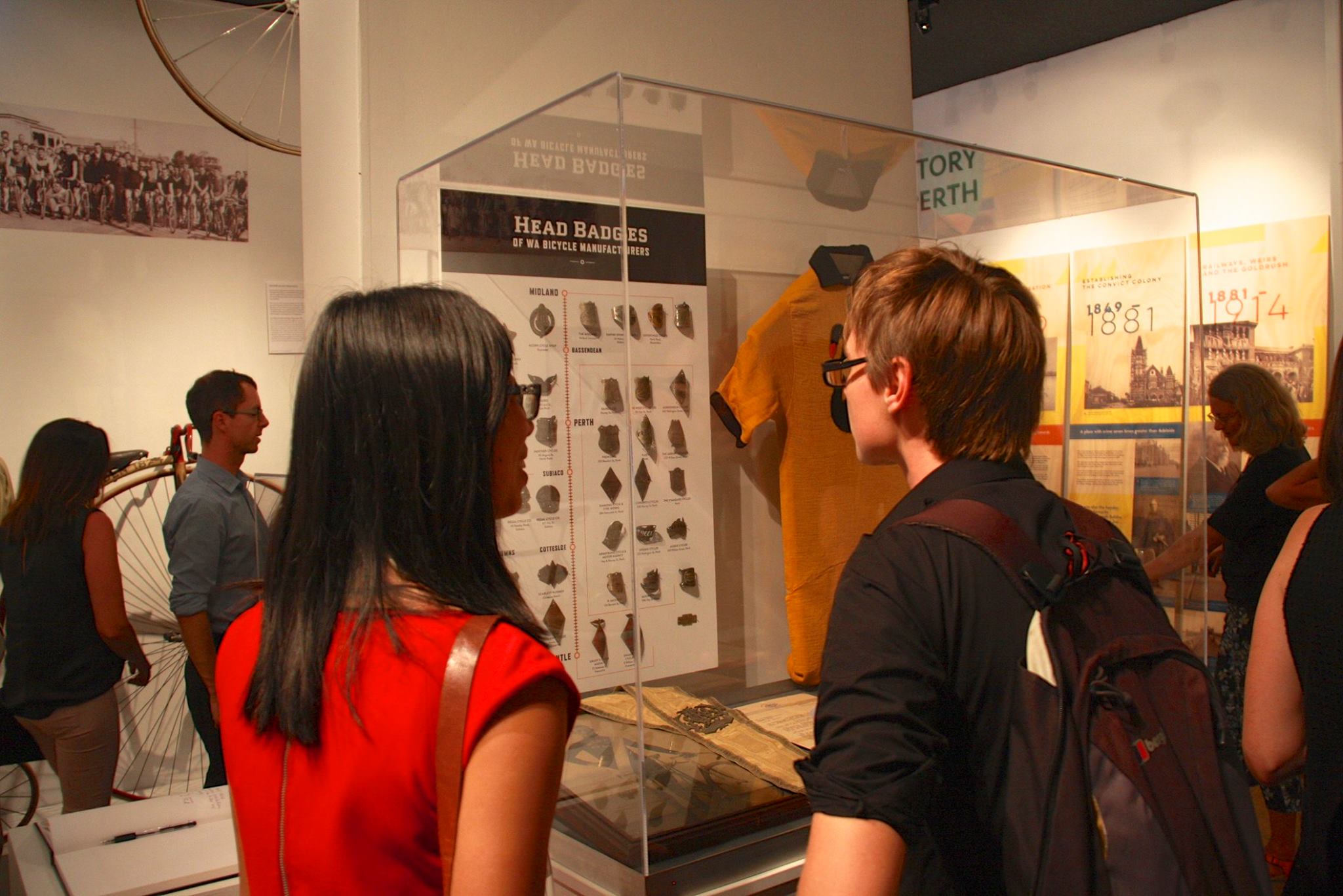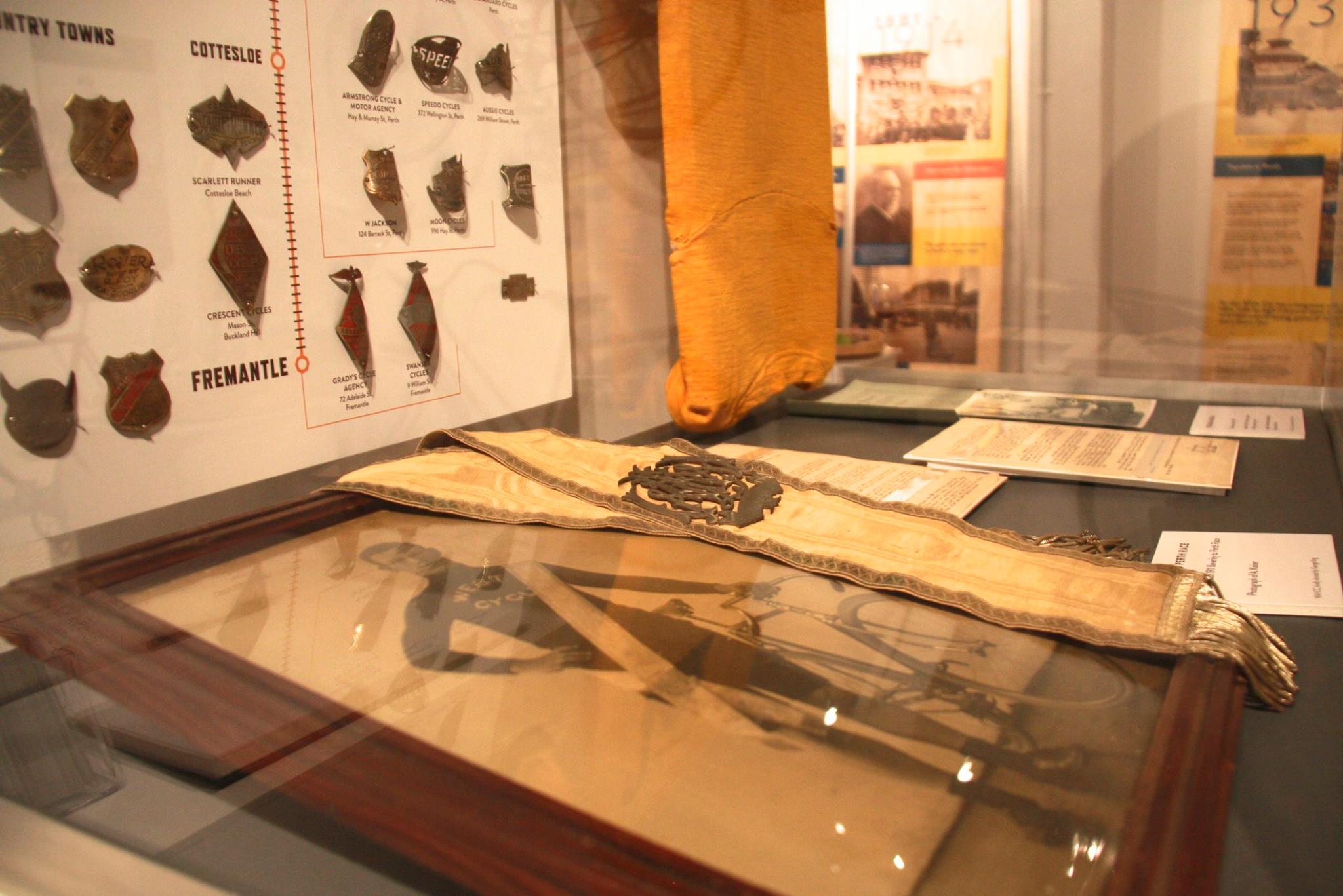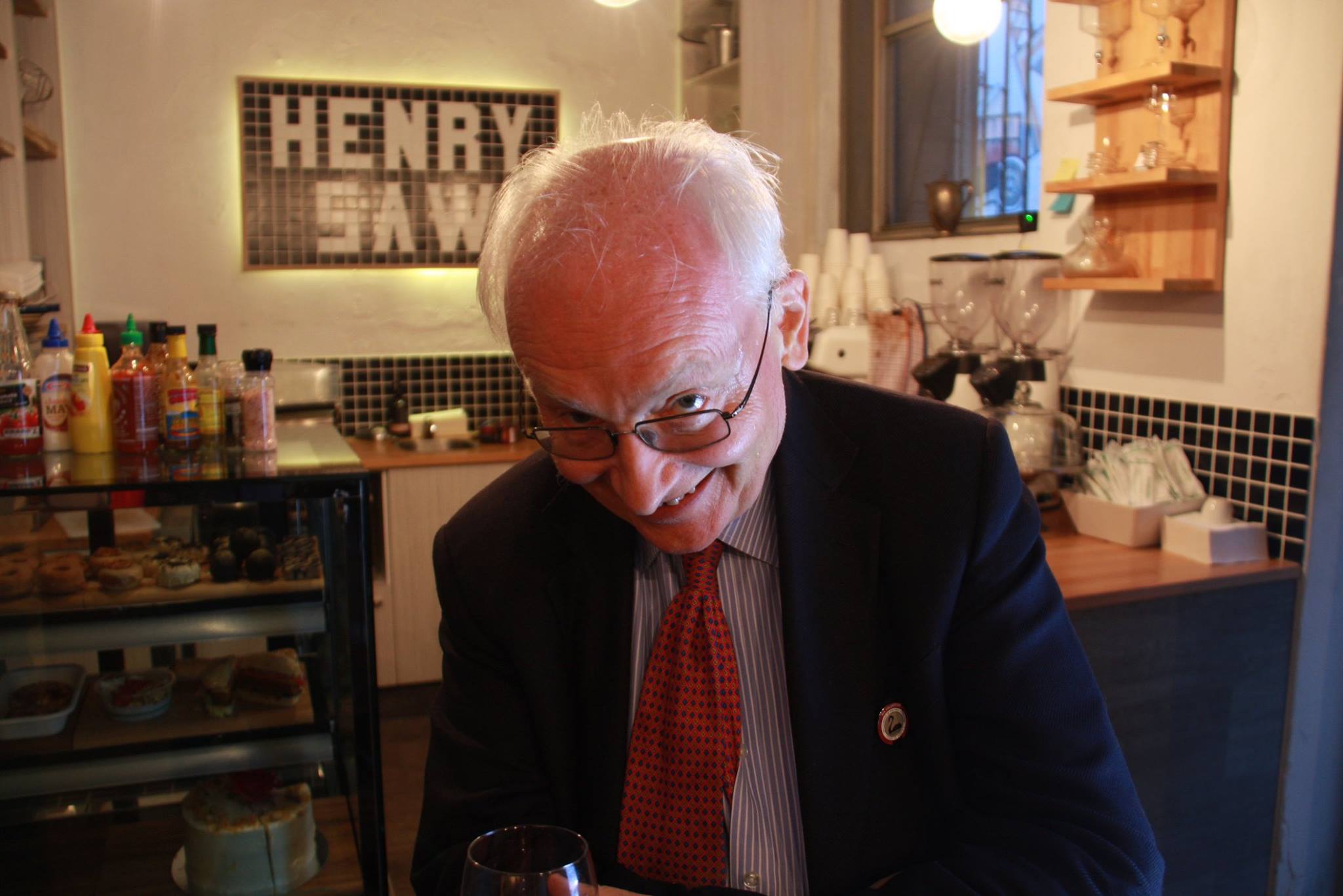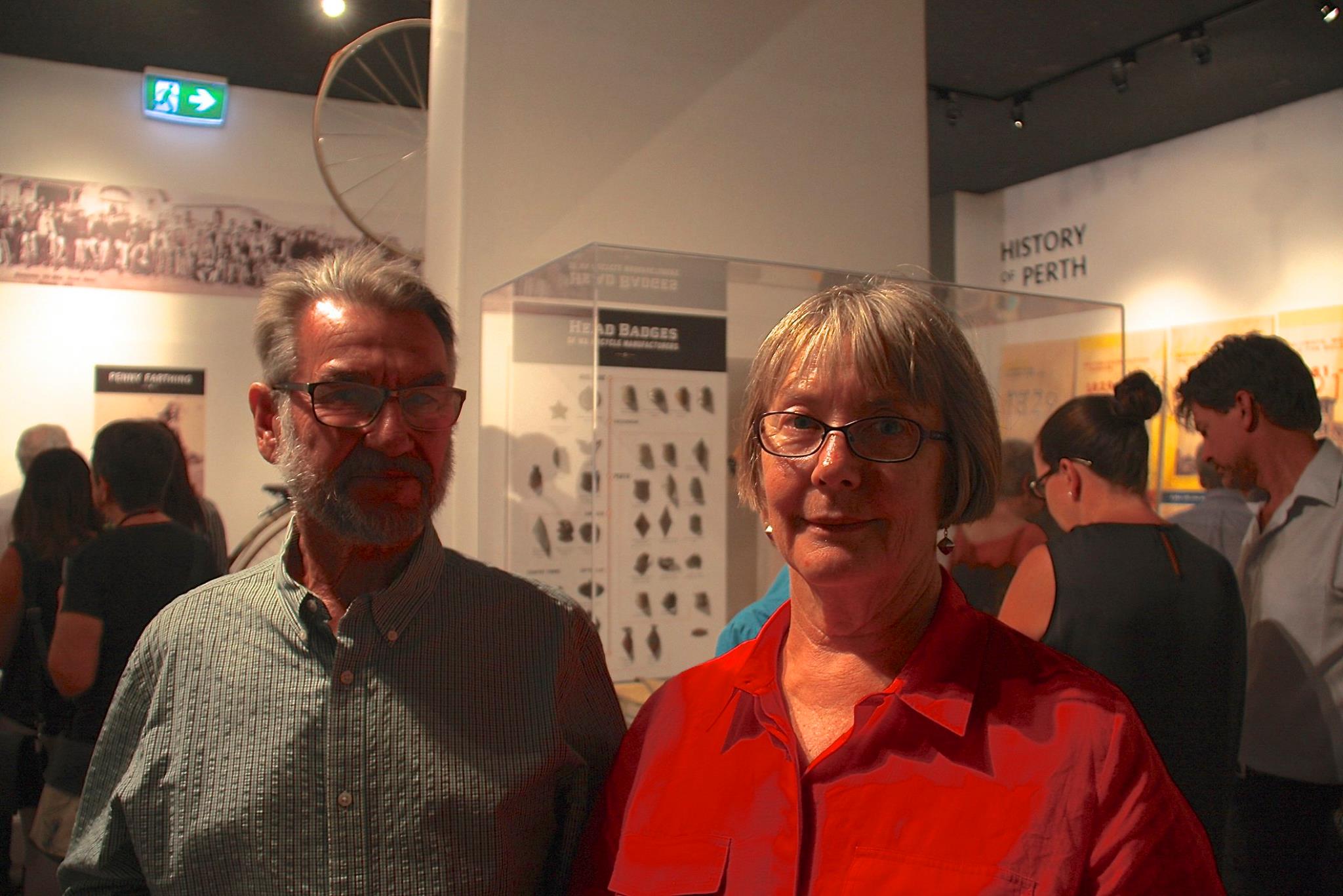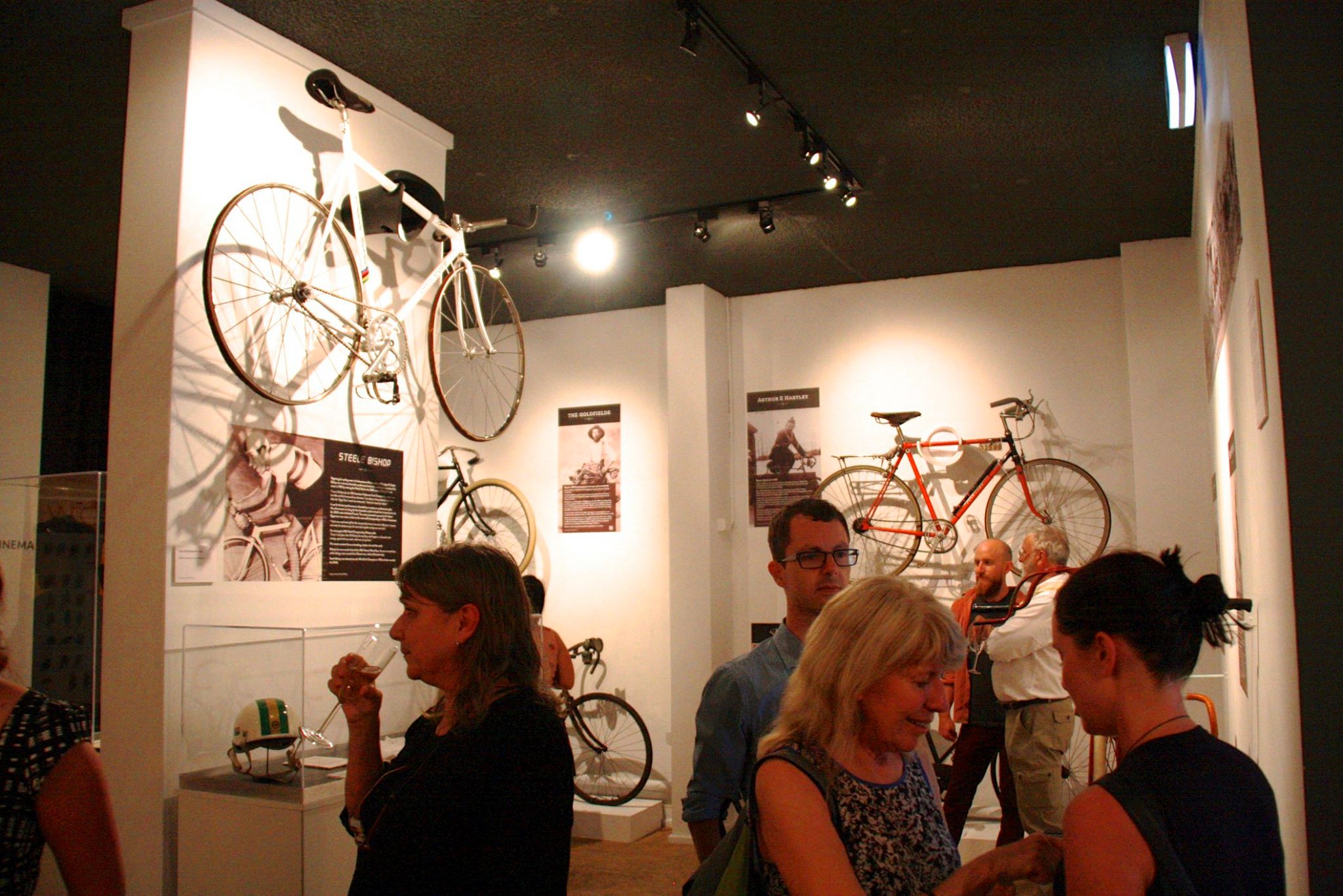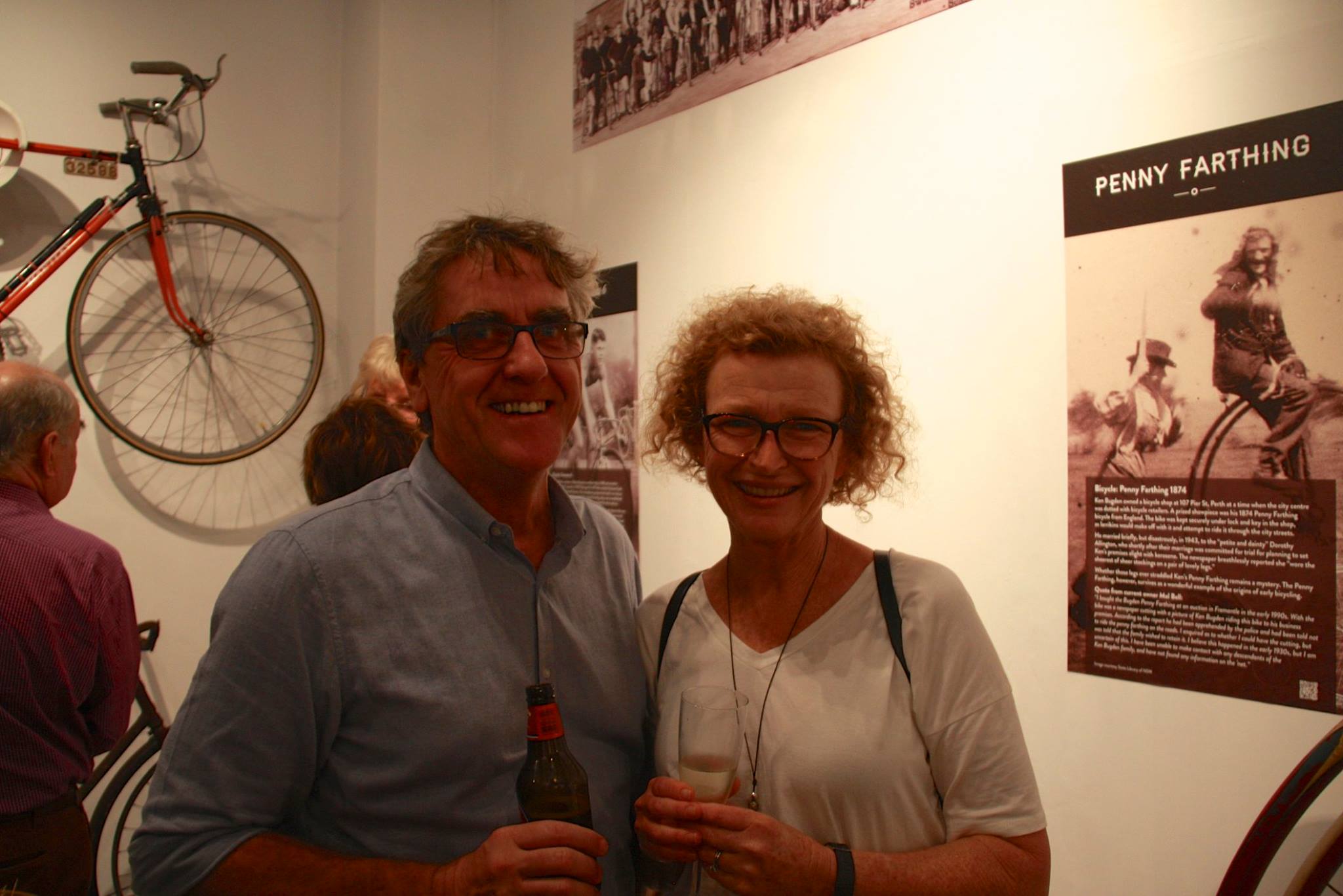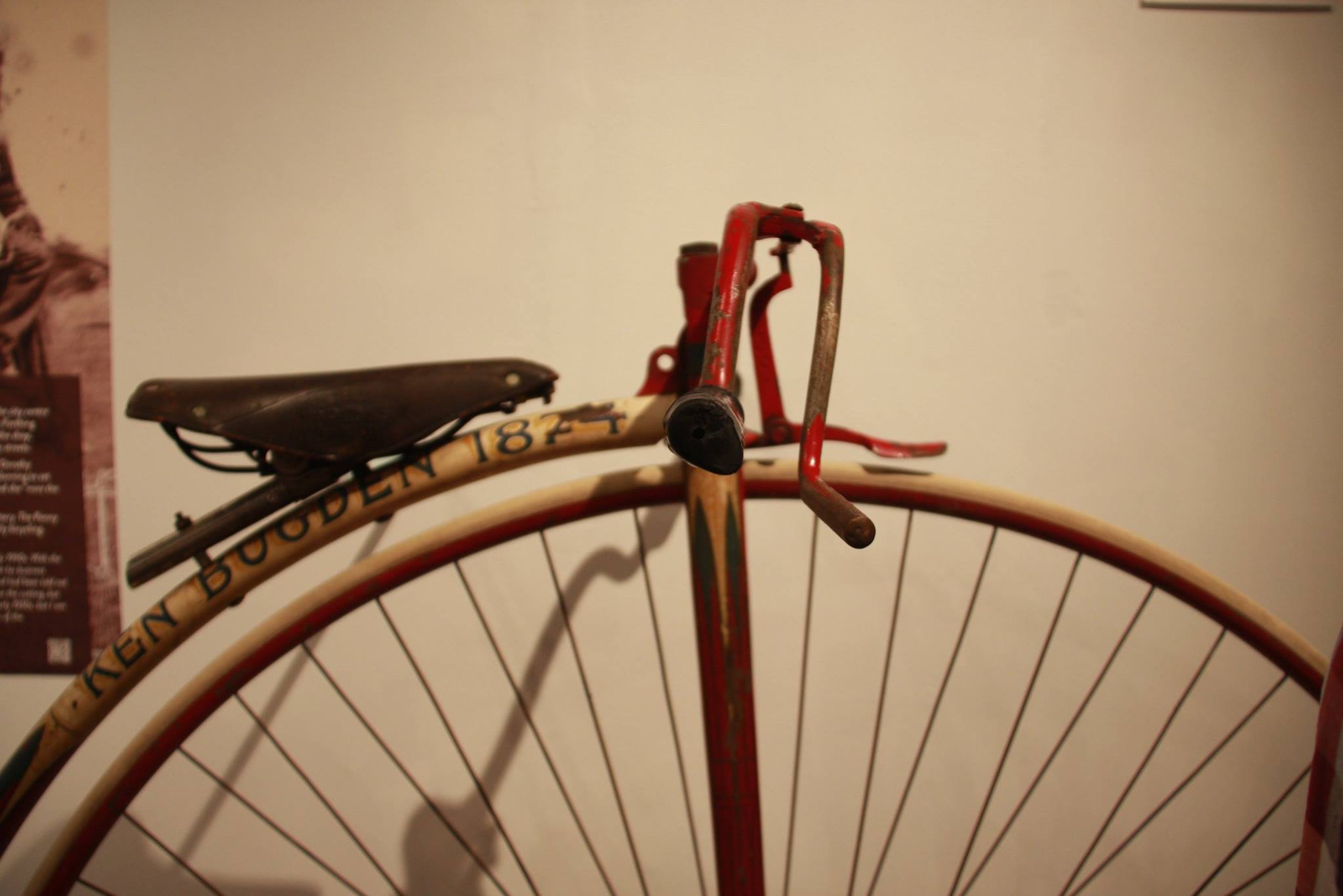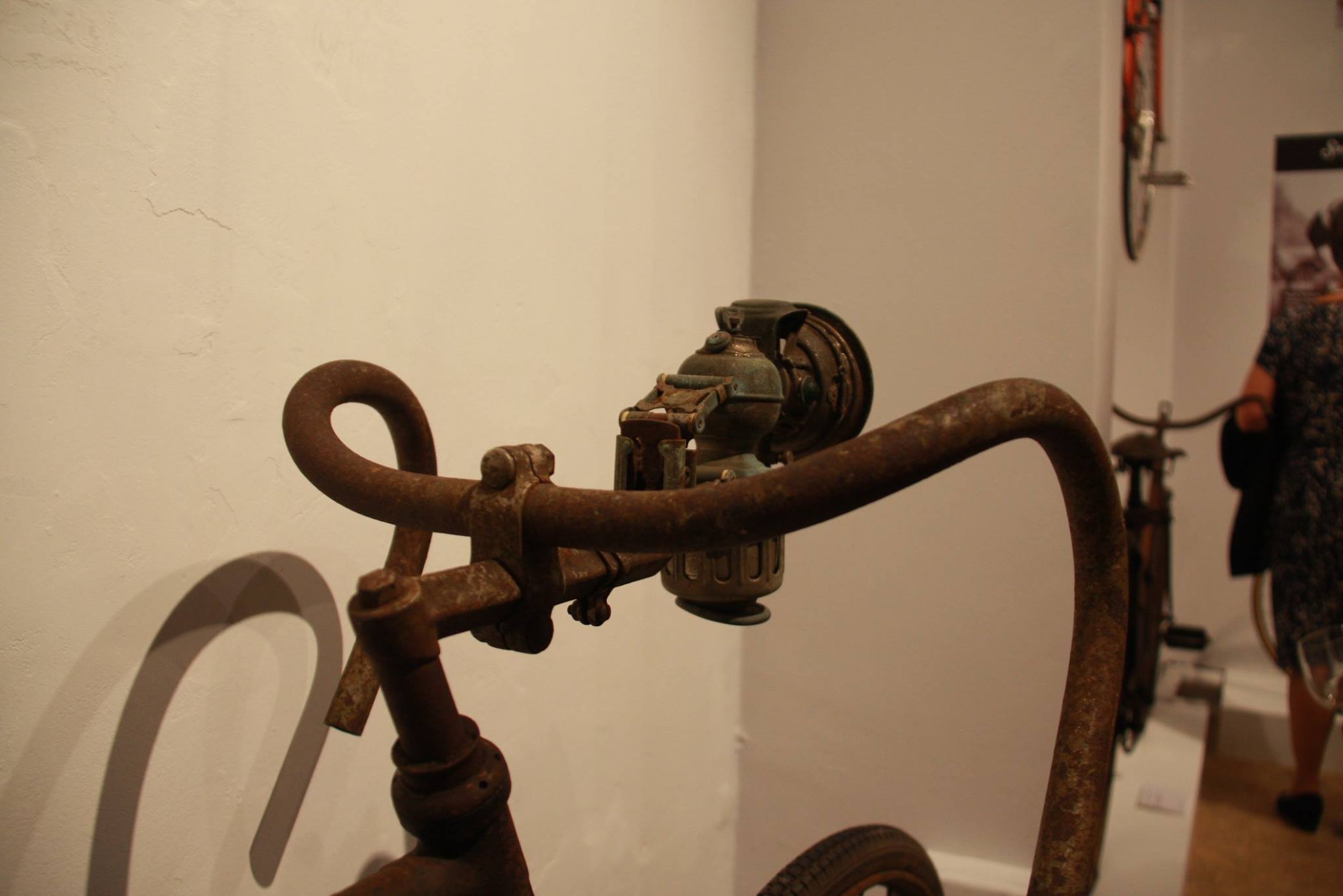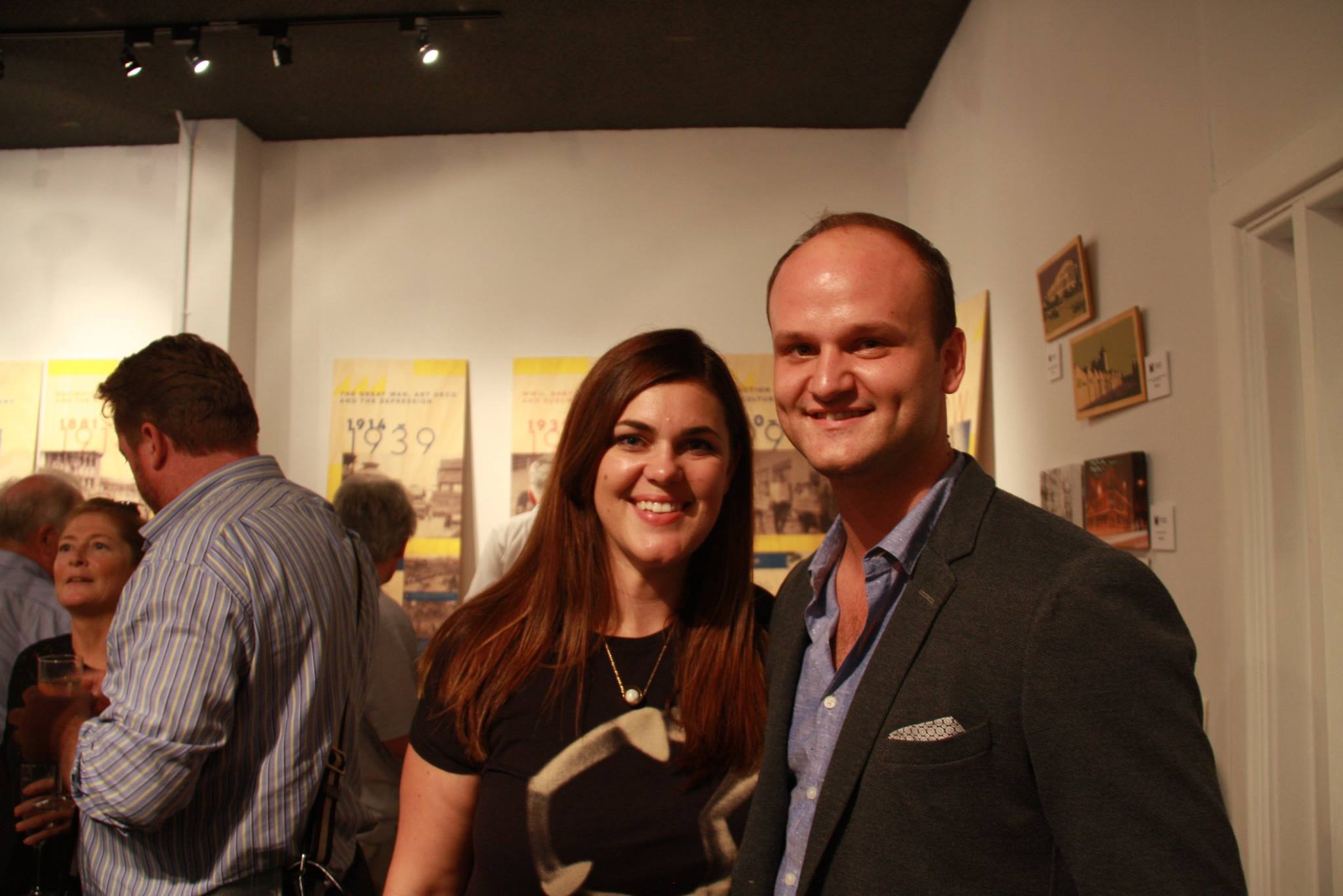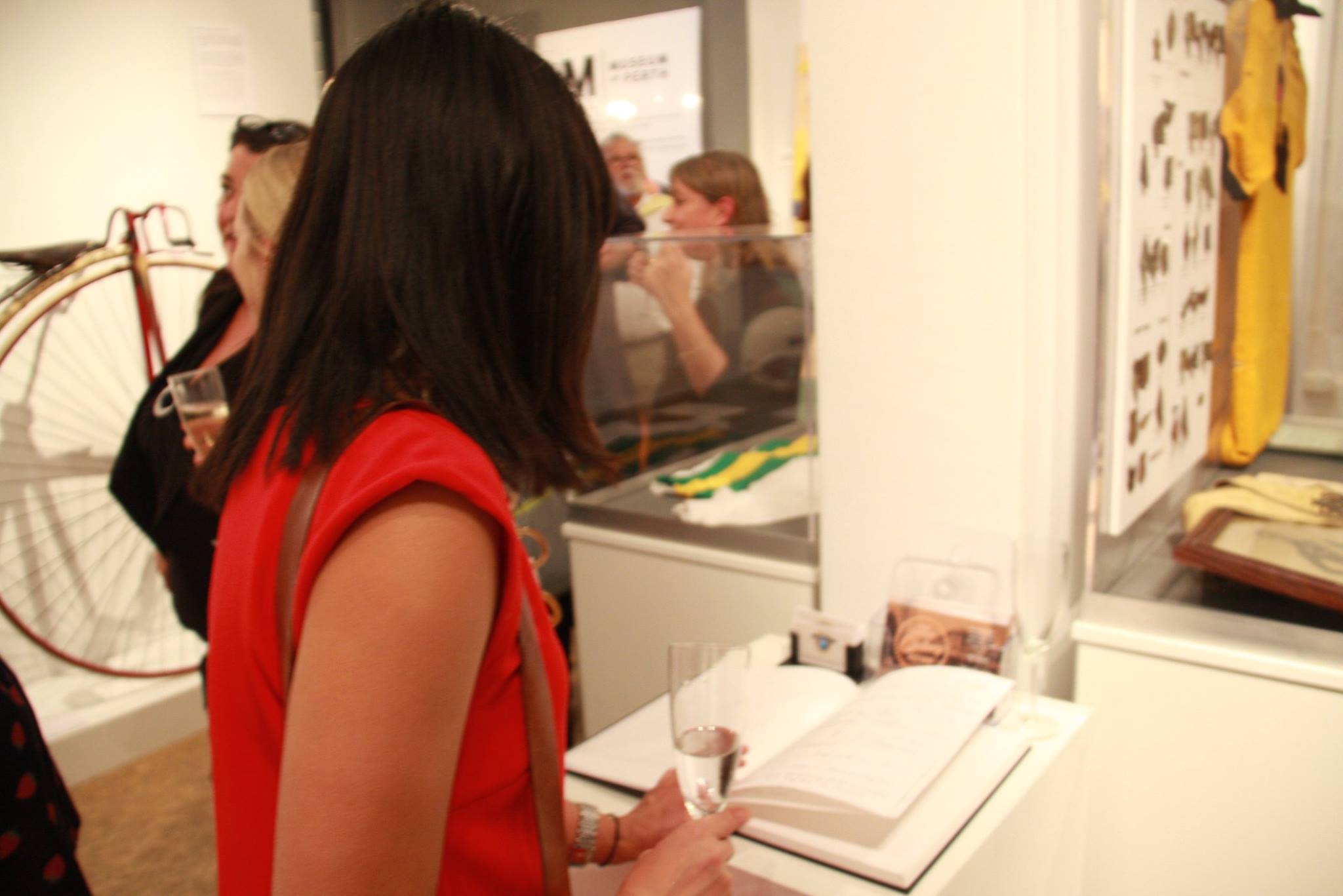Our Hidden Cycling History
Although much of Australia had been explored by 1890, the population was mostly scattered around a few sprawling coastal cities. In these pre-car days there was a need for travel between the widely spaced settlements and isolated homesteads, as well as within low density urban areas.
The invention of the “safety” bicycle proved a landmark in the history of personal transport. Its speed, safety, ease of riding and low cost captured the imagination of many Australians and the country found itself in the midst of a worldwide bicycle boom. By mid-decade, cyclists (as female riders were commonly known) were not unusual on our streets; churches questioned the morality of Sunday cycling; doctors debated the ethics of riding and bicycle dealers were gaining reputations formerly attributed to horse traders.
Our local cycle industry flourished until afterWW II. WA boasted almost 100 bike building shops, the largest of which, Swansea, boasted 60 employees at their peak. This building was home to WA’s first registered cycling club, ‘The League of WA Wheelmen’. Thousands of people attended track races, or the finishes of long-distance cycling events, held co-incidentally (if not mercifully) at popular watering holes.
Transport cycling slowly went out of vogue as car ownership rose. The cycle clubs that once dotted suburbia and country towns had packed up the bike racks decades ago. Encouragingly, a recent rejuvenation in recreational cycling has seen gents with trouser clips and gals in breezy skirts cycling through our city streets once again.
The exhibition, Our Hidden Cycling History reopened archives, albums and back sheds and revealed seven uniquely West Australian stories centred around this wonderful mode of transport – Cycling.

